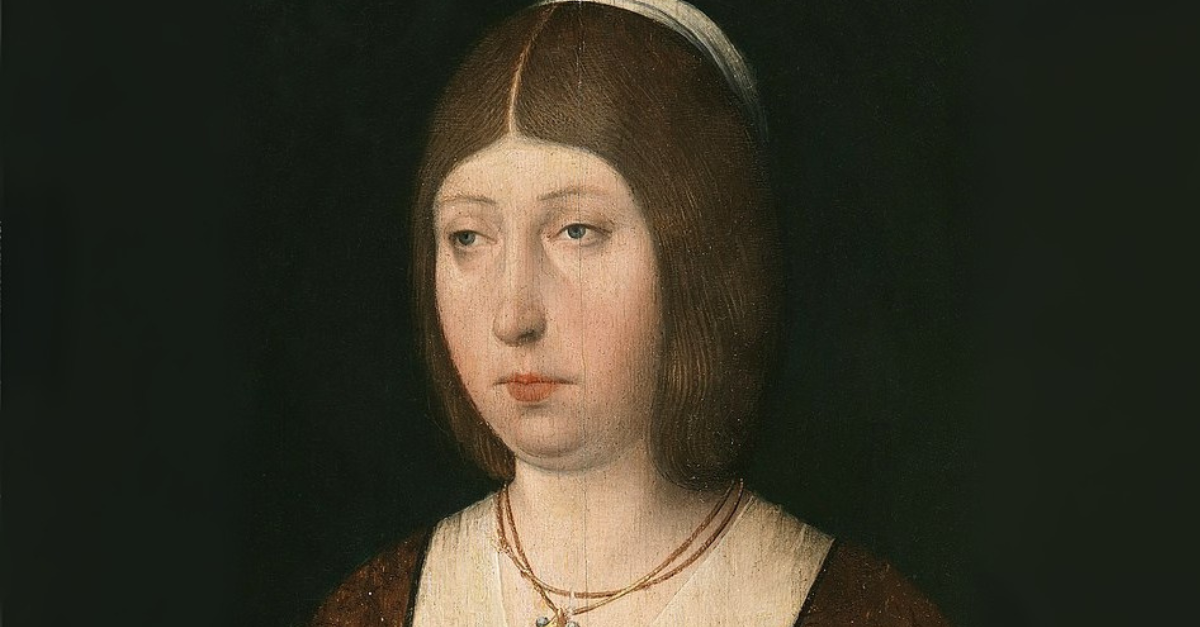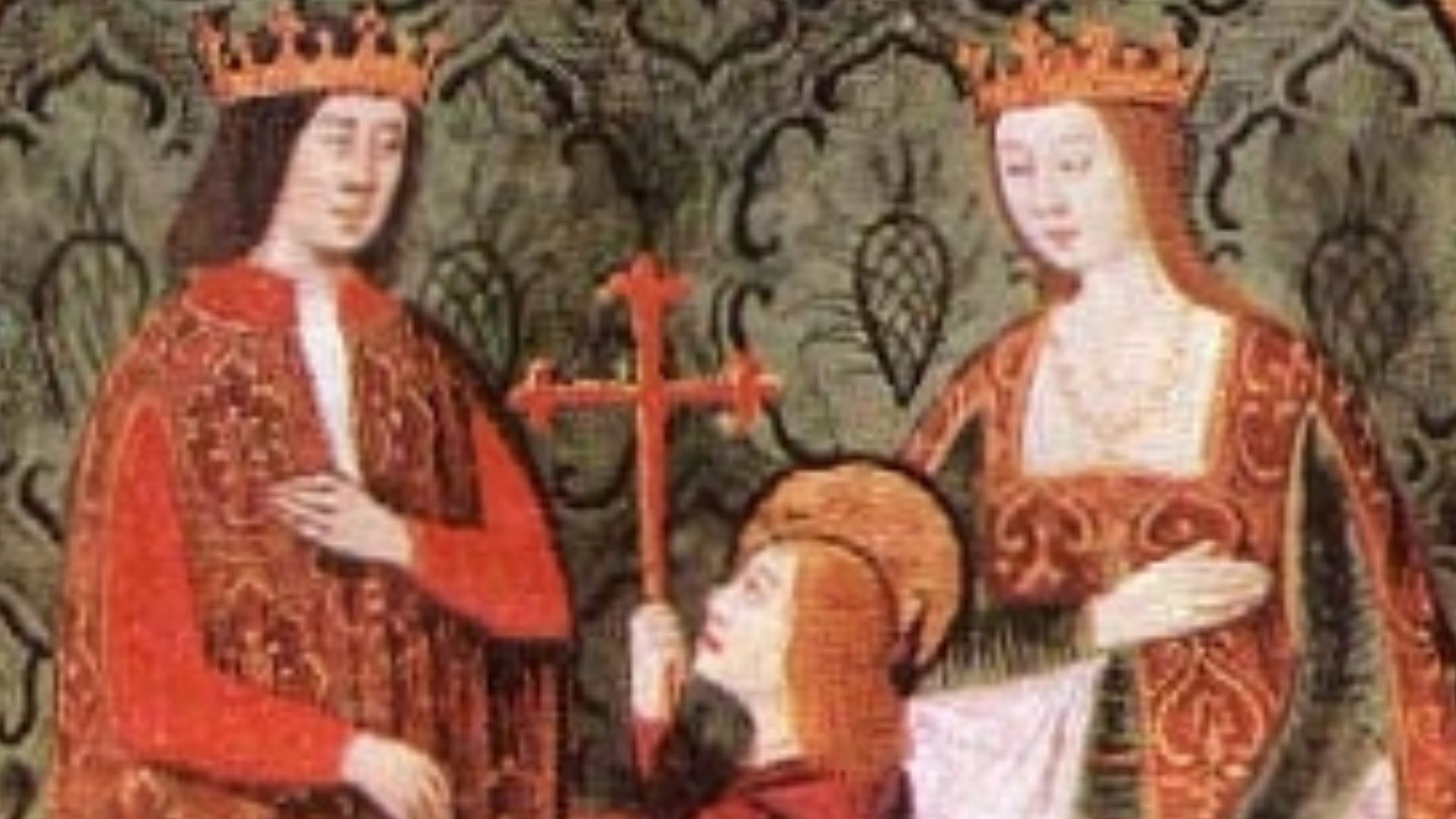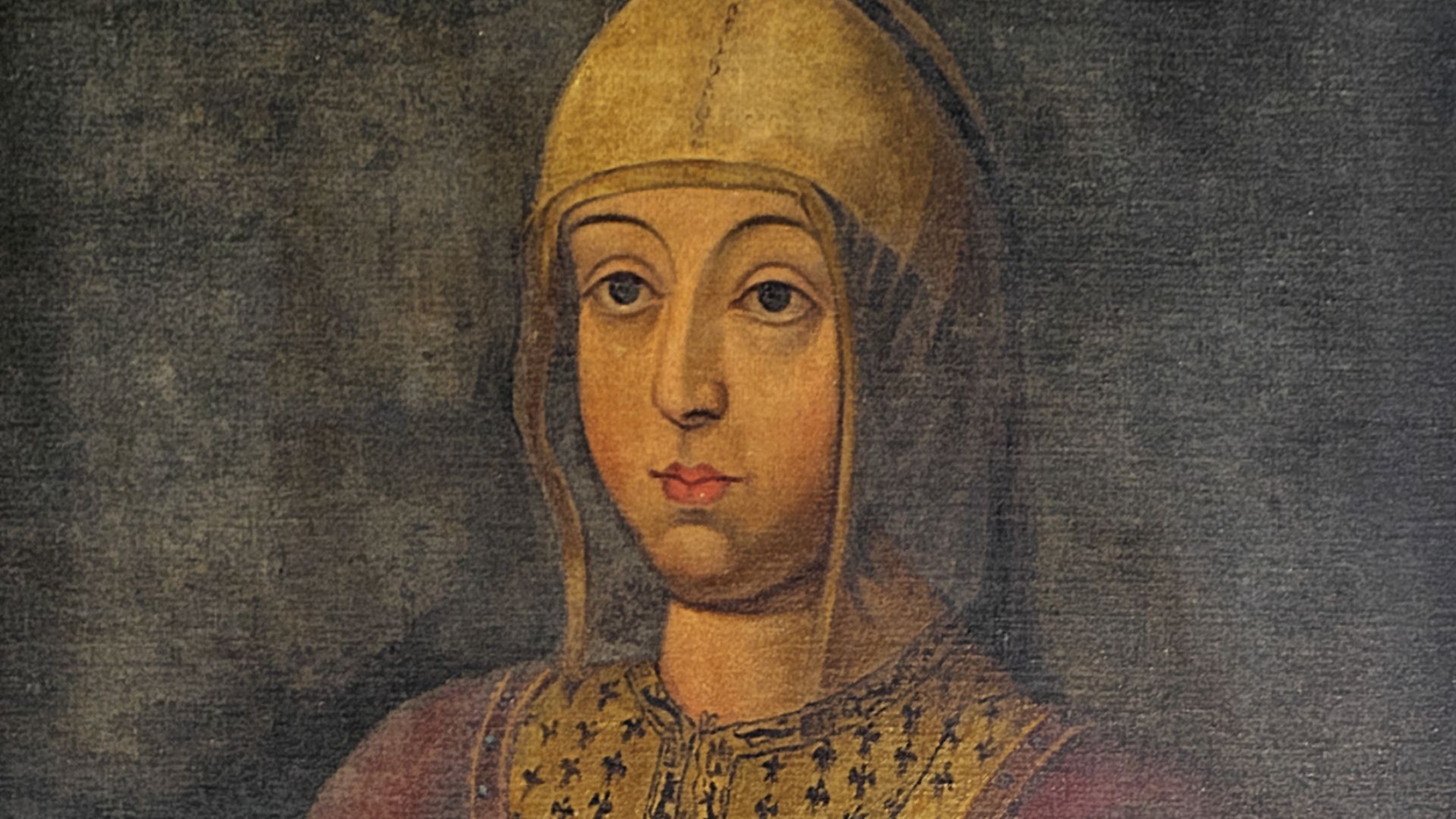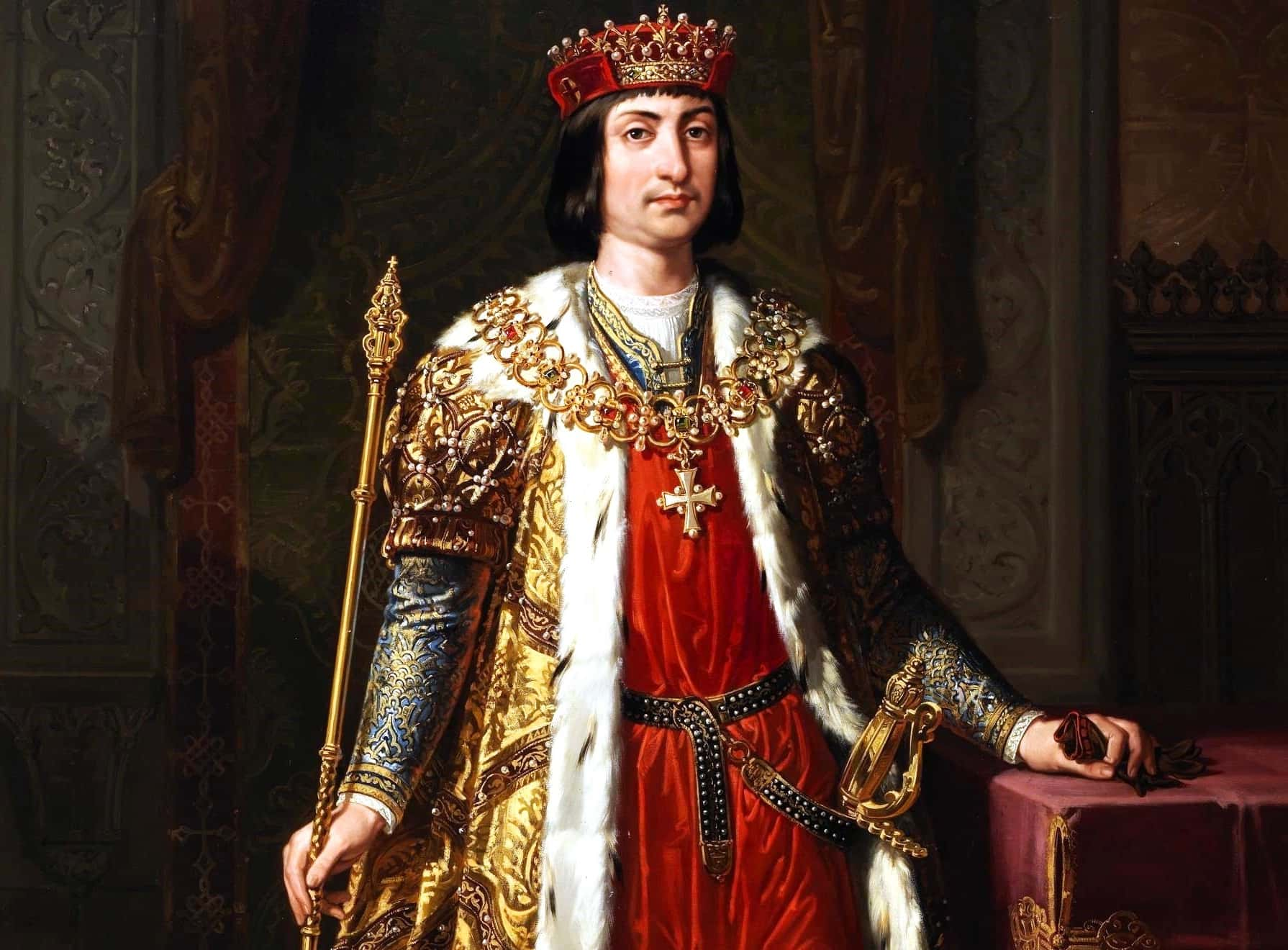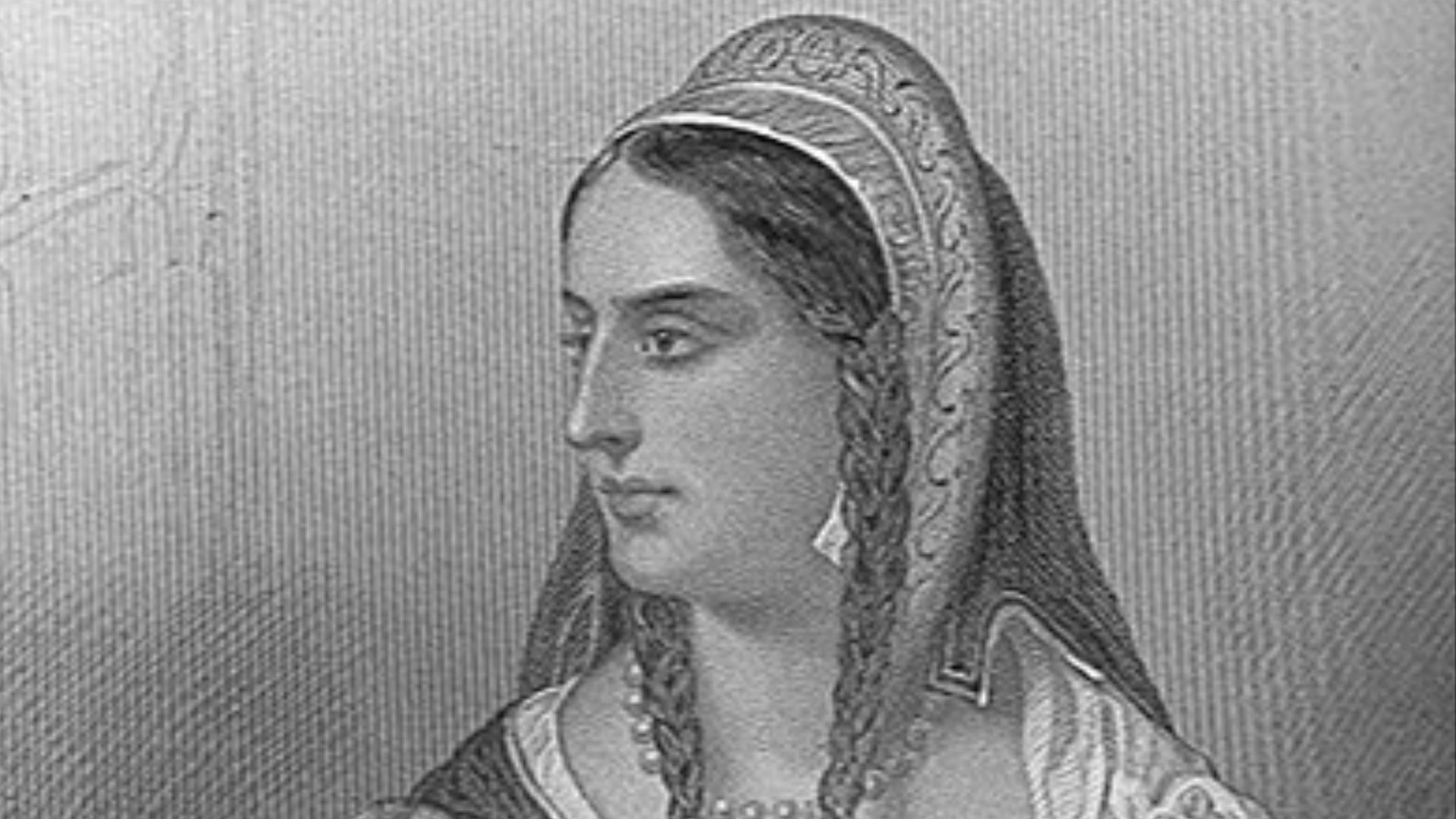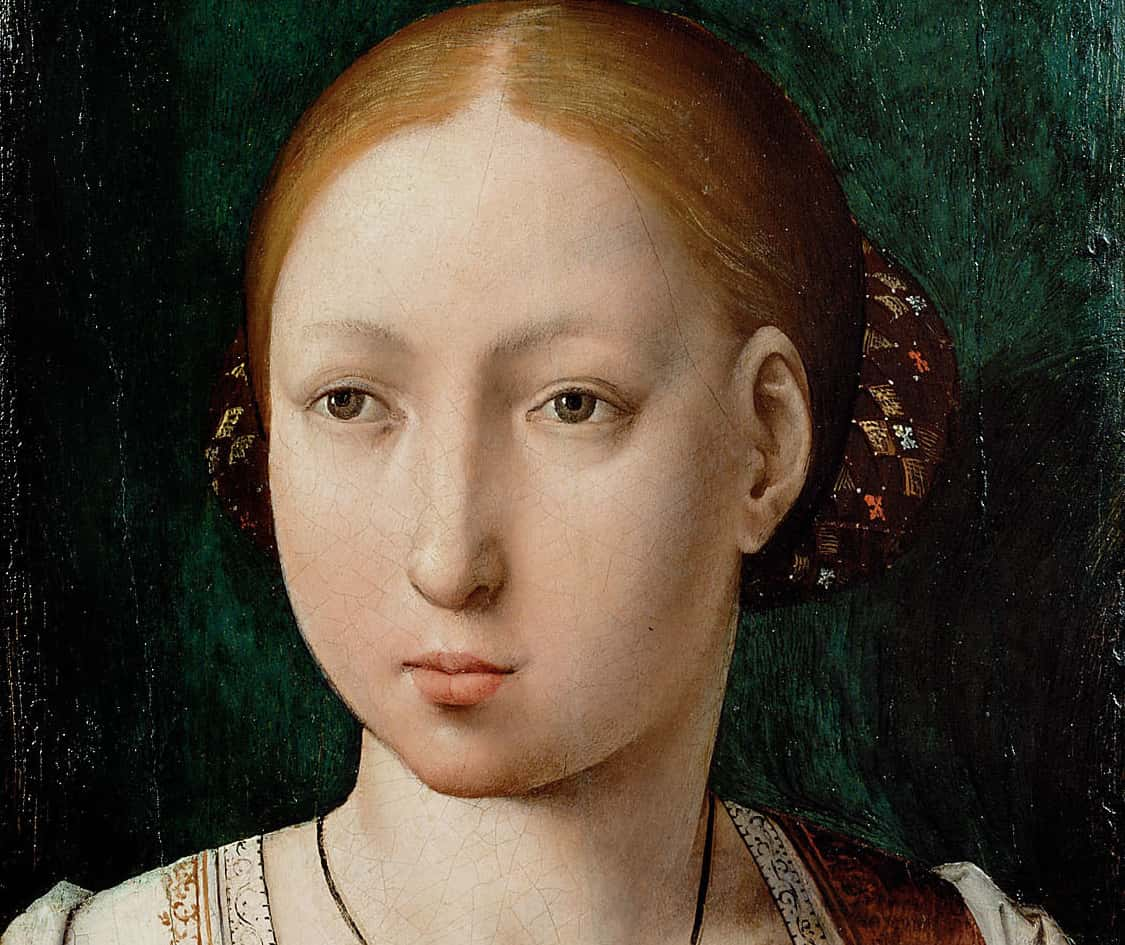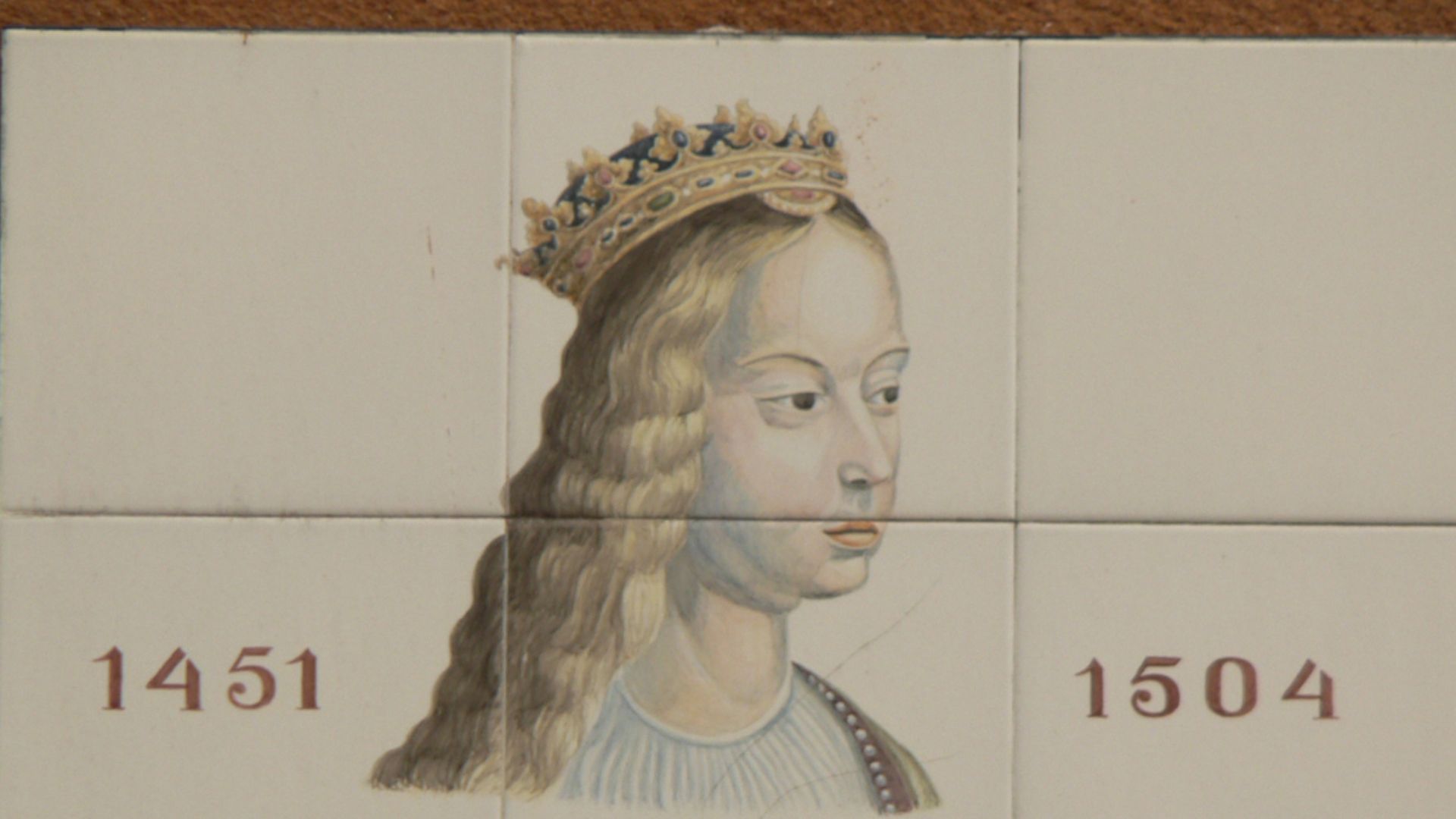The Queen With No Equal
Isabella was never supposed to be queen. But she schemed and fought her way to the throne. Then Isabella was never supposed to be an active queen. But she turned out to be the greatest. In the end, she changed history—but it wasn’t always for the better.
1. She Was A Spare
No one expected Isabella, the daughter of King John II of Castile and Isabella of Portugal, to be queen when she was born in 1451. By the time she was two, her older brother Henry and newborn brother Alfonso were ahead of her. And any of Henry’s future kids would overtake her again. This wasn’t supposed to change after her dad passed when she was three. But fate—and Isabella herself—had other plans.
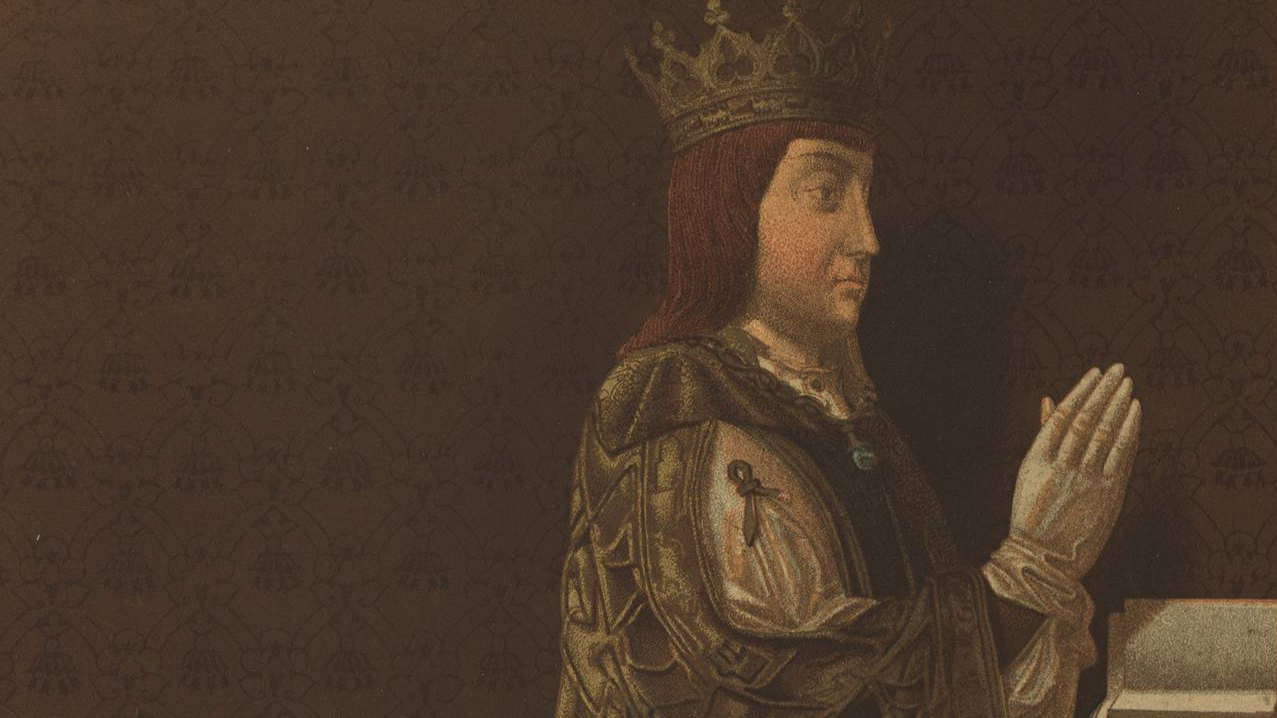 Biblioteca Virtual del Patrimonio Bibliografico, Wikimedia Commons
Biblioteca Virtual del Patrimonio Bibliografico, Wikimedia Commons
2. She Was A Poor Little Rich Girl
John passed thinking his family would still live the good life. But John would roll over in his grave if he saw what Henry did. The new king refused to respect his father’s will. As a result, the rest of the family had money problems. Isabella never forgot the struggles of her childhood—and how unnecessary it was. Even so, Henry still had more in store for his sister.
 Museo del Prado, Wikimedia Commons
Museo del Prado, Wikimedia Commons
3. She Was Uprooted
Henry believed in keeping your friends close, and your competition closer. The King struggled to conceive so much that he got the nickname The Impotent. When his wife Joan of Portugal finally gave birth to their daughter and heir Joanna, Henry dragged Isabella and Alfonso from their mom. Henry wanted his siblings to stay with him, but he didn’t have good intentions.
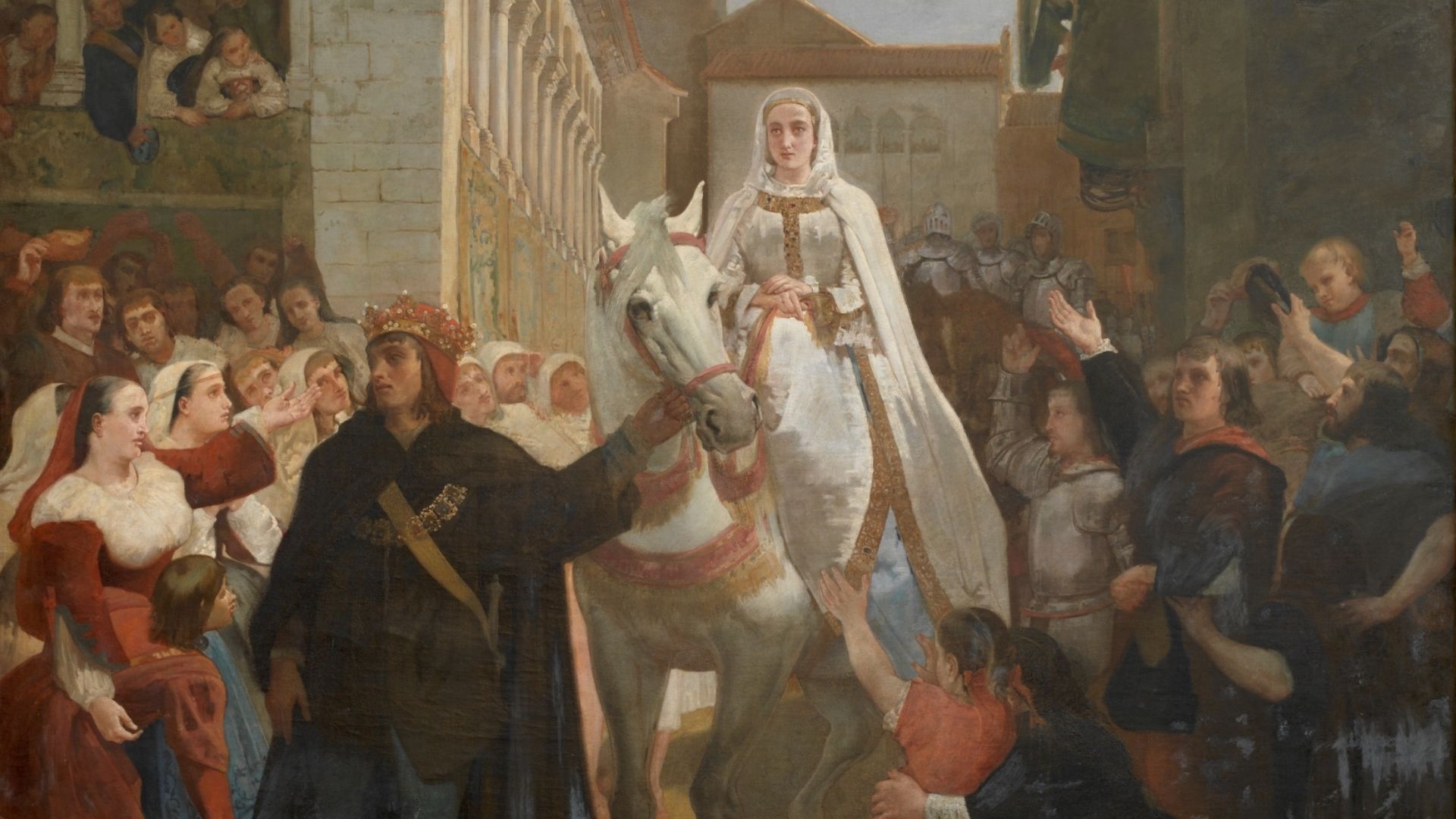 Juan García Martínez, Wikimedia Commons
Juan García Martínez, Wikimedia Commons
4. She Was Trapped
While Isabella’s living conditions improved, she missed her mom and old life. To make matters worse, Joan was cruel to her. Then Henry banned her from leaving town. The kingdom was already messy, so Henry wanted control of all his heirs and their matches. The 10-year-old began learning about the turmoil—and her key role in all of it.
 Antonio de Holanda, Wikimedia Commons
Antonio de Holanda, Wikimedia Commons
5. She Was A Child Fiance
The games began when Isabella was 6. Henry arranged a match with 7-year-old Ferdinand, John II of Navarre’s son, for an alliance. But John backed out once he got more power. Henry still needed an ally, and began secretly talking to John’s other son, Charles of Viana. The 36-year-old agreed to marry her instead. But the engagement ended when John locked his son up for going behind his back. Henry refused to give up.
6. She Kept Getting Engaged
Isabella realized she was nothing more than a product for her brother to trade for alliances. Henry proved this by matching her with Afonso V of Portugal, his 33-year-old brother-in-law. The 14-year-old refused to marry him. Henry gave it a rest until civil unrest broke out a year later. To please the rebels, he matched her with the 43-year-old Juan Pacheco. Isabella had never felt so horrified.
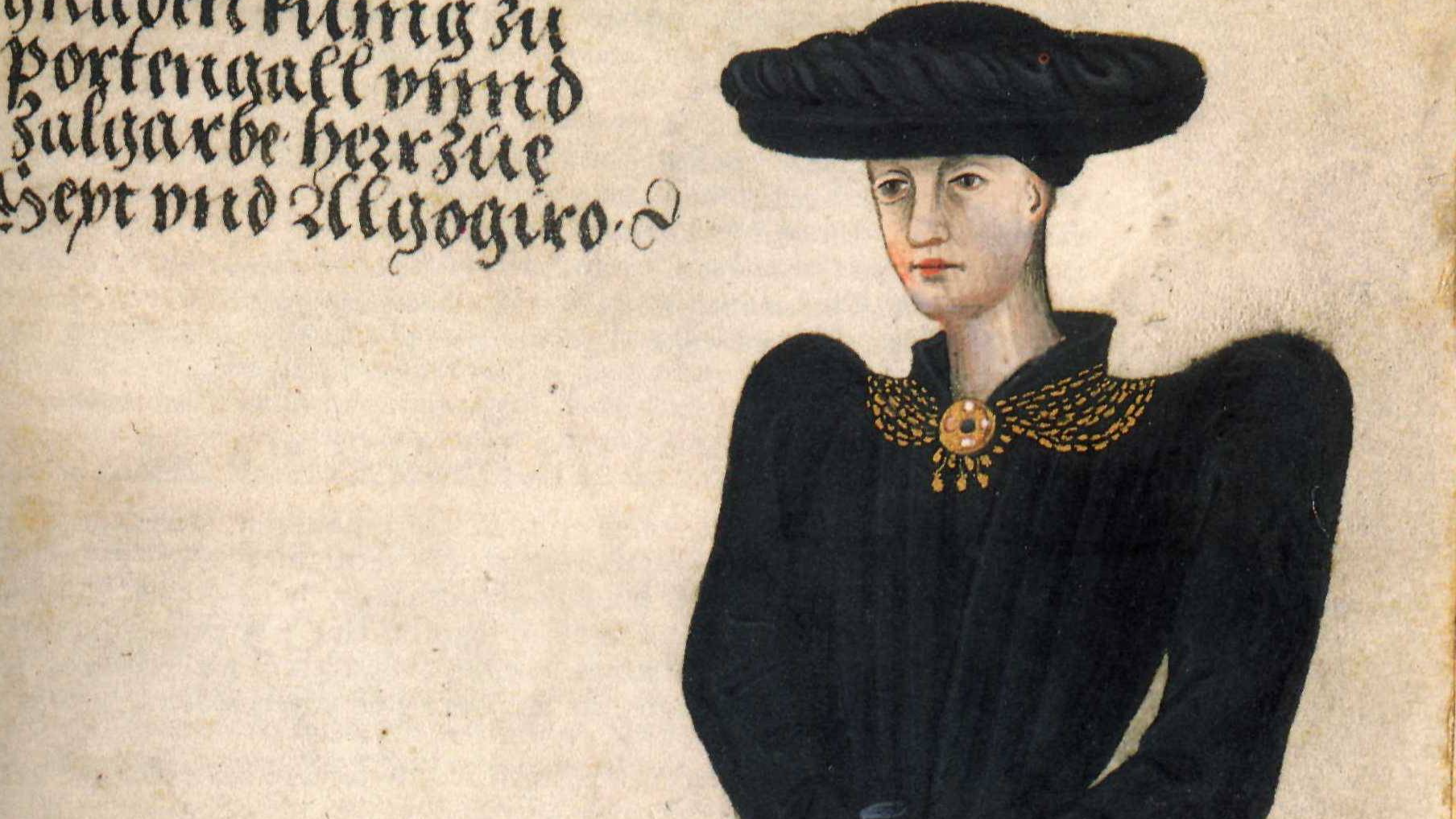 Unknown Author, Wikimedia Commons
Unknown Author, Wikimedia Commons
7. She Needed More Power
Isabella prayed this match wouldn’t work out…and it worked. Her fiancé already was on his way to meet her when he fell sick and perished. Isabella celebrated, but she also learned her lesson. She needed control over her fate—and a way to get it. The opportunity came when rumors that Joanna wasn’t Henry’s real daughter and heir began to spread.
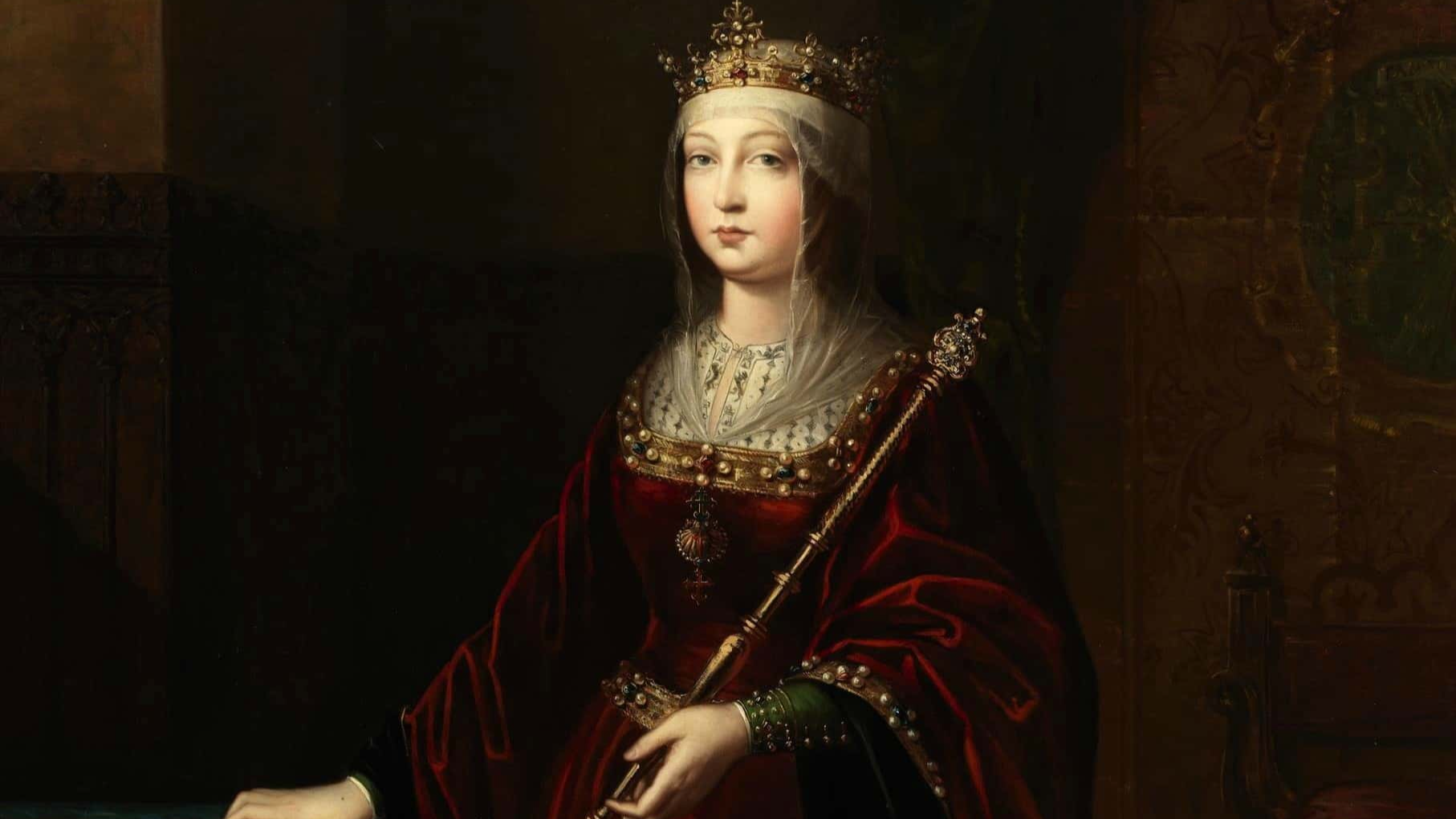 Luis de Madrazo, Wikimedia Commons
Luis de Madrazo, Wikimedia Commons
8. She Was Stuck In The Middle
A group of nobles demanded that Henry name Alfonso, who they controlled, his successor. And eventually, they went to war over it. Henry agreed as long as Alfonso agreed to marry his daughter. But a year later, Alfonso succumbed to a suspected poisoning. in his absence, the nobles encouraged Isabella to champion the rebellion and seize the throne now. Most teenagers would give into the pressure, but Isabella was different.

Unknown Author, Wikimedia Commons

History's most fascinating stories and darkest secrets, delivered to your inbox daily.
9. She Struck A Deal
Isabella had a better idea that would end the fighting and give herself a leg up. She struck a deal: Henry would name Isabella his heir instead of Joanna. And Isabella wouldn’t marry without his permission—but he couldn’t force her to marry anyone. Isabella was playing the long game, and she intended to win. But it turns out Isabella made a deal with the devil.
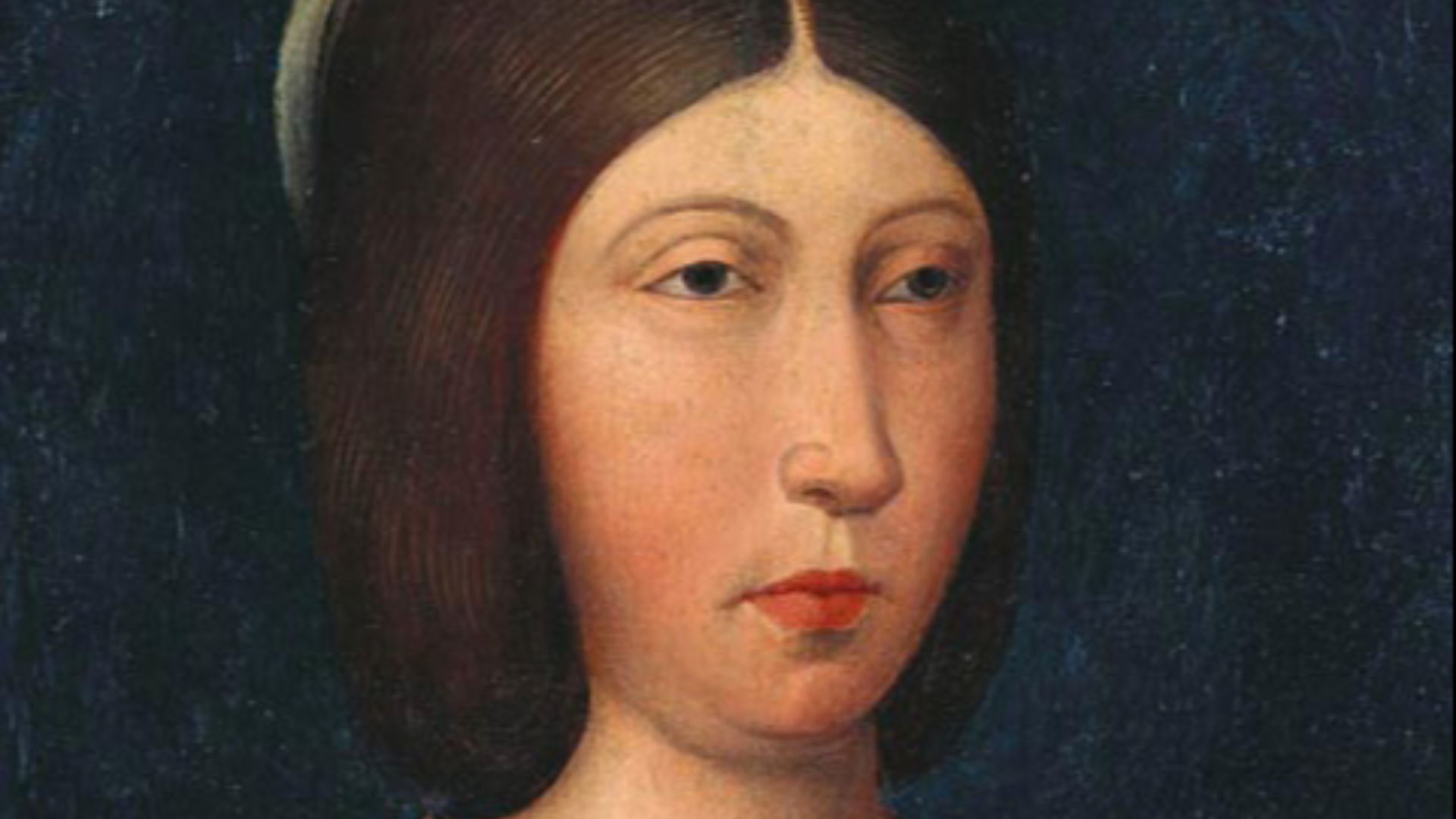 anonymous / Unidentified painter, Wikimedia Commons
anonymous / Unidentified painter, Wikimedia Commons
10. She Was Betrayed
Isabella was 17 when Afonso proposed to her. Again. Henry tried forcing her to accept. Again. You see, if they married, then Joanna could marry Afonso’s son. This would make it possible for John and his daughter to seize Castile and Portugal when Afonso’s dad passed. Isabella refused. Again. Henry continued trying to force her into disadvantageous marriages. Isabella, realizing that she couldn’t trust him, began scheming.
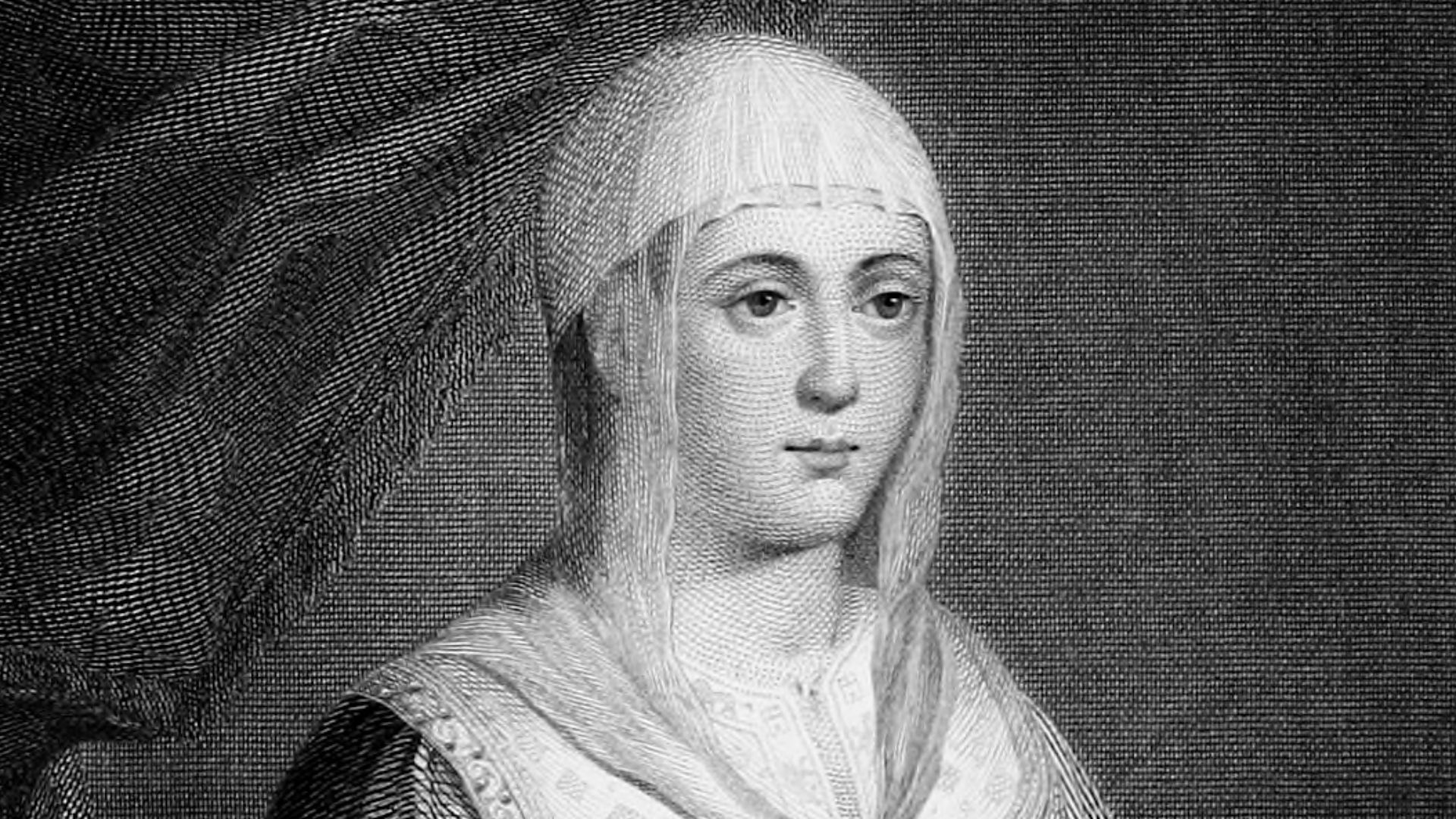 William Hickling Prescott, Wikimedia Commons
William Hickling Prescott, Wikimedia Commons
11. She Plotted
Isabella began husband hunting behind Henry’s back. The choice soon became clear to her: Ferdinand. Also known as one of the many ex-fiances Henry forced on Isabella when she was a kid. But second time’s the charm: Isabella was now 18 and holding the reins. Ferdinand was age appropriate and athletic. But most importantly, they were a match made in diplomacy.
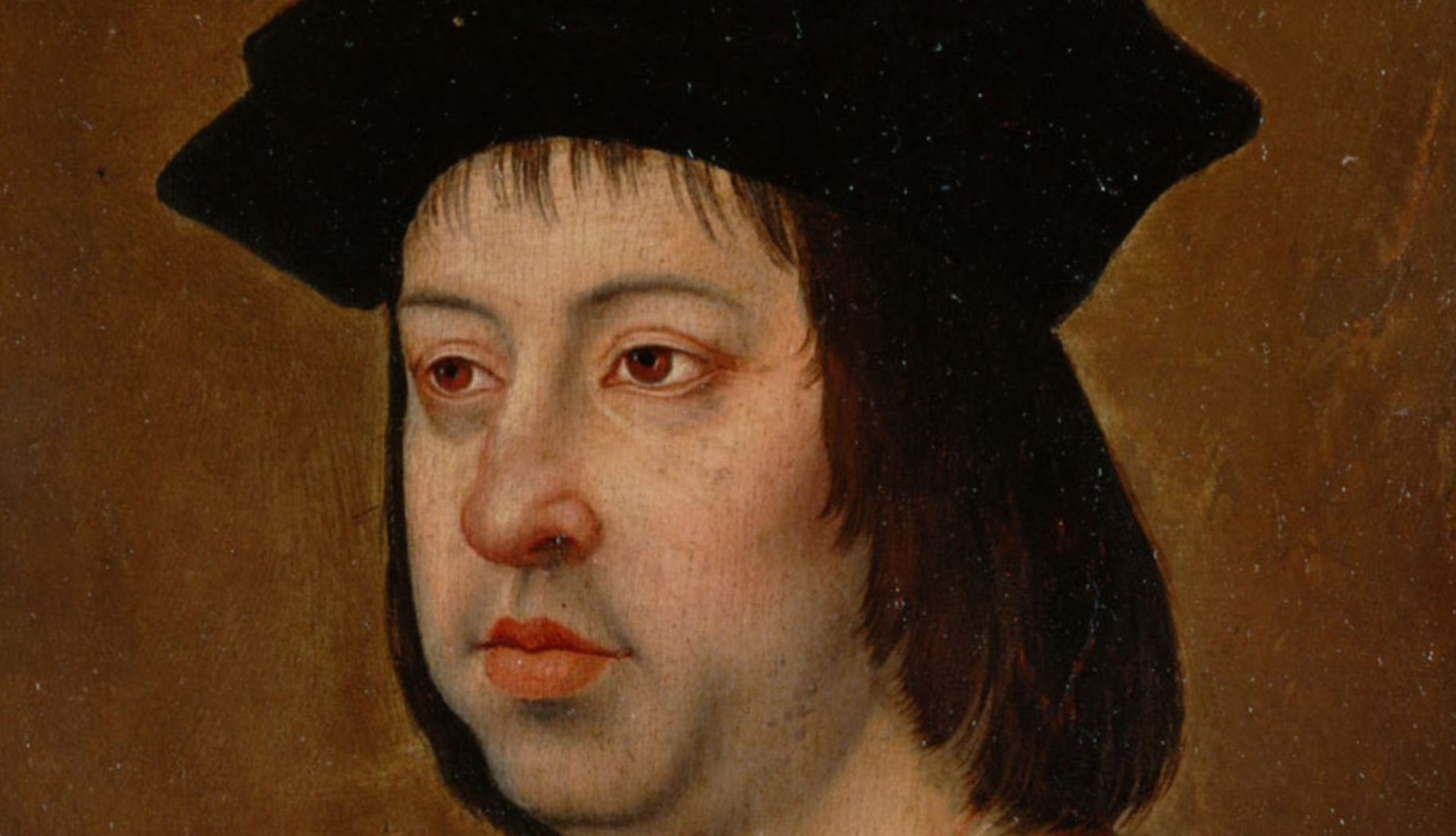 Michael Sittow, Wikimedia Commons
Michael Sittow, Wikimedia Commons
12. She Found Her Man
Once married, the two could could unite their lands, Castille and Aragon, into one kingdom ( and later it could, hypothetically speaking, become a country called Spain or something). This was the match that had the potential to give Isabella the most power. But the universe didn’t seem to want them together. What should’ve been a typical political arrangement turned into a Romeo and Juliet drama.
13. She Was Sneaky
Pesky problems like being broke or second cousins had nothing on Henry. Isabella still needed his permission to marry. But she knew that Henry had bad intentions: he wouldn’t approve a match that was too good for her. So Isabella and Ferdinand did everything—from negotiating to planning the wedding—in secret. And without ever meeting in person. Somehow the king still grew suspicious.
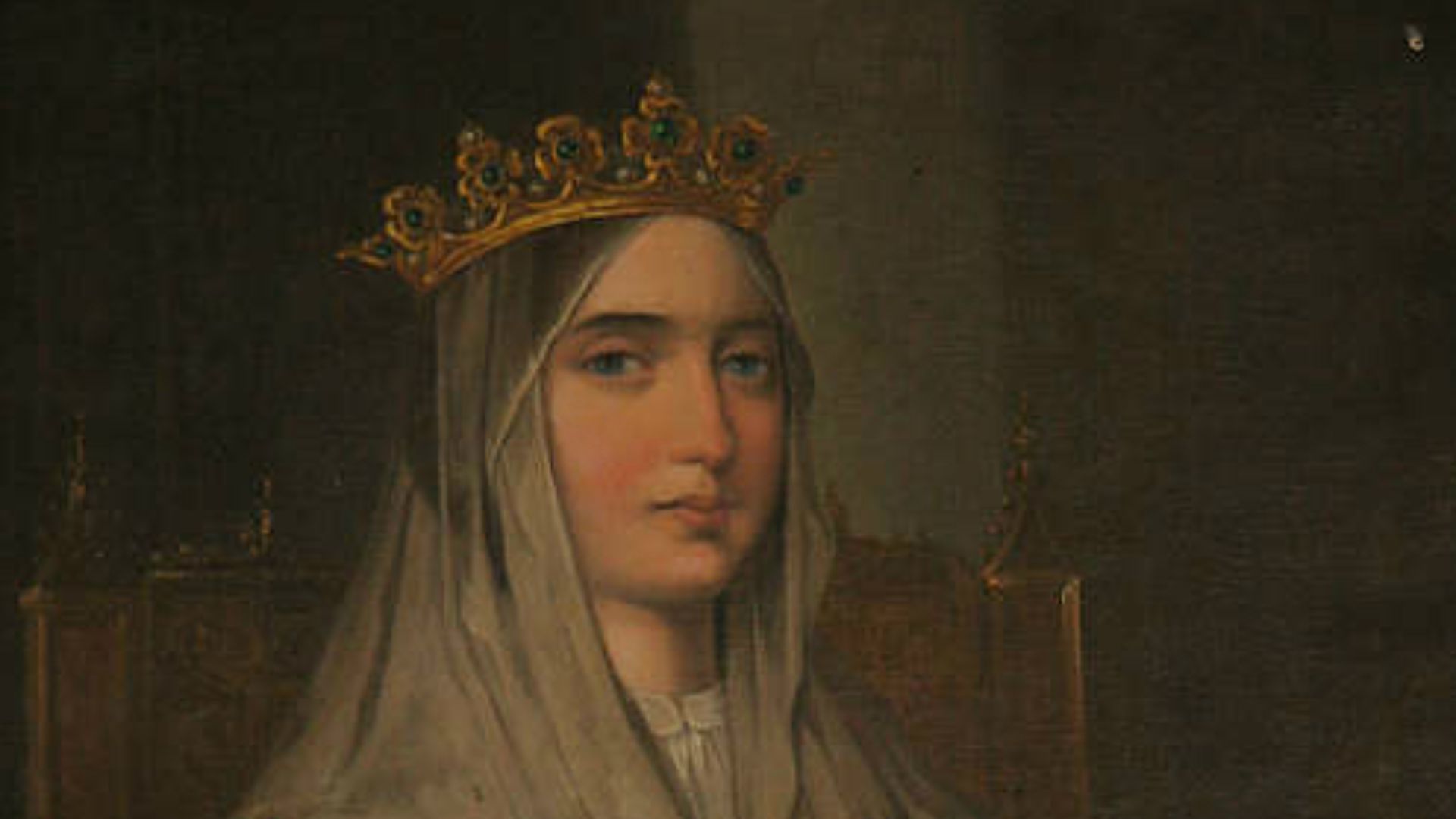 Unknown authorUnknown author, Wikimedia Commons
Unknown authorUnknown author, Wikimedia Commons
14. She Snuck Out
Henry sensed that something was up. Before the king went on a trip, he confronted her. He made Isabella swear that she wouldn’t marry without his permission. Henry even vowed to lock her up if she left the city. He meant business, and Isabella promised that she’d behave. But Isabella had a secret mission and snuck out the moment she could.
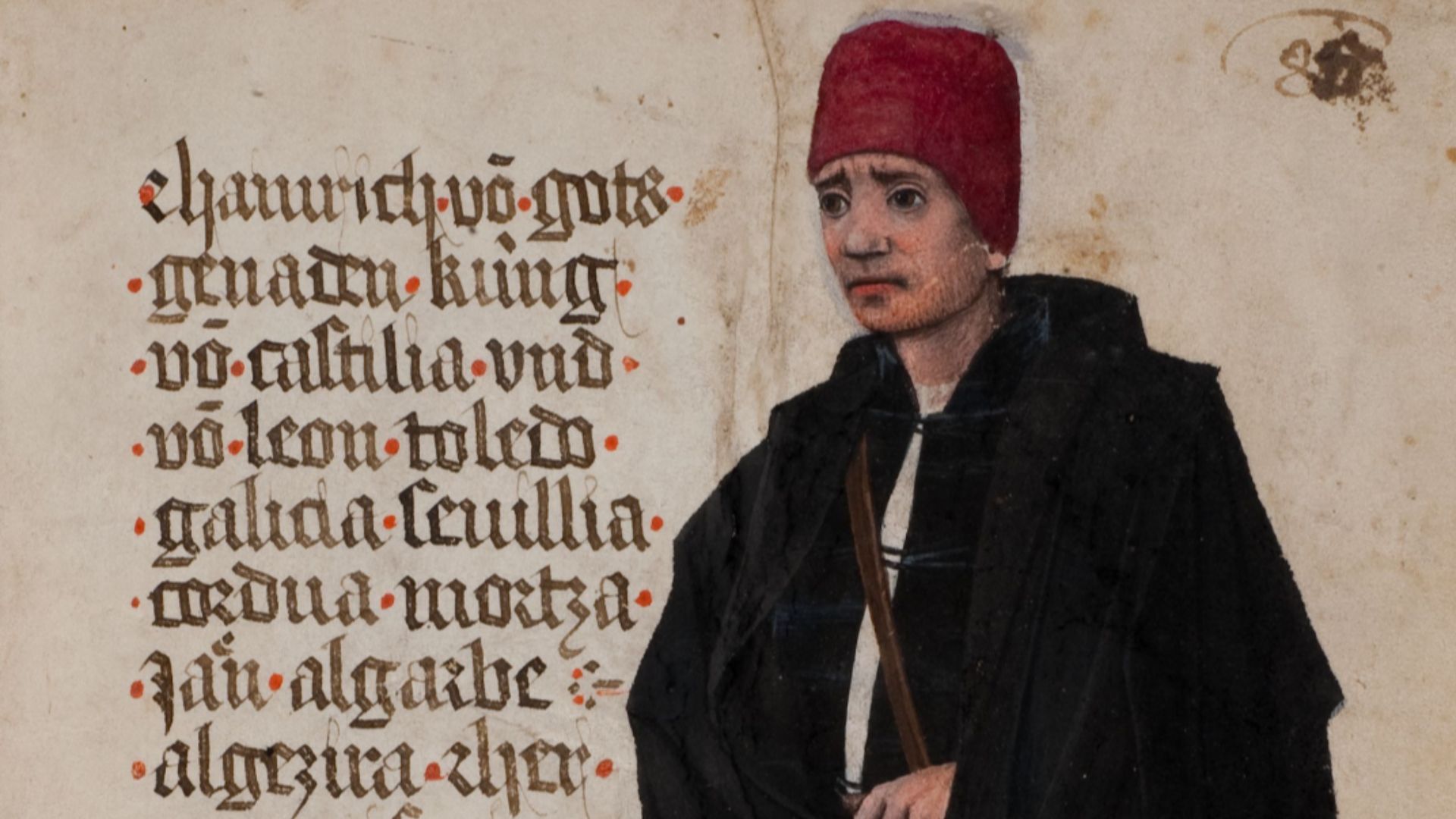 Georg von Ehingen, Wikimedia Commons
Georg von Ehingen, Wikimedia Commons
15. She Eloped
Isabella and Ferdinand insisted on a proper wedding. But this was risky and dangerous. Henry made it clear to Isabella what he’d do if she disobeyed him. Ferdinand was sneaking into Castille, which was still Henry’s kingdom, disguised as a servant. And to top it off, they’d be meeting for the first time. The teenagers weren’t sure they’d even work as a couple. This match was a leap of faith.

TheLastTrastamara, CC BY-SA 4.0, Wikimedia Commons
16. They Were Compatible
Isabella and Ferdinand’s gamble paid off. They weren’t a love match, but worked in most ways. The couple agreed to be fair to each other once they came into power. They were also compatible in the bedroom. Isabella was pregnant within three months. Their marriage was more than enough for Isabella. But nothing was enough for Ferdinand. Turns out, they were actually incompatible in a big way.
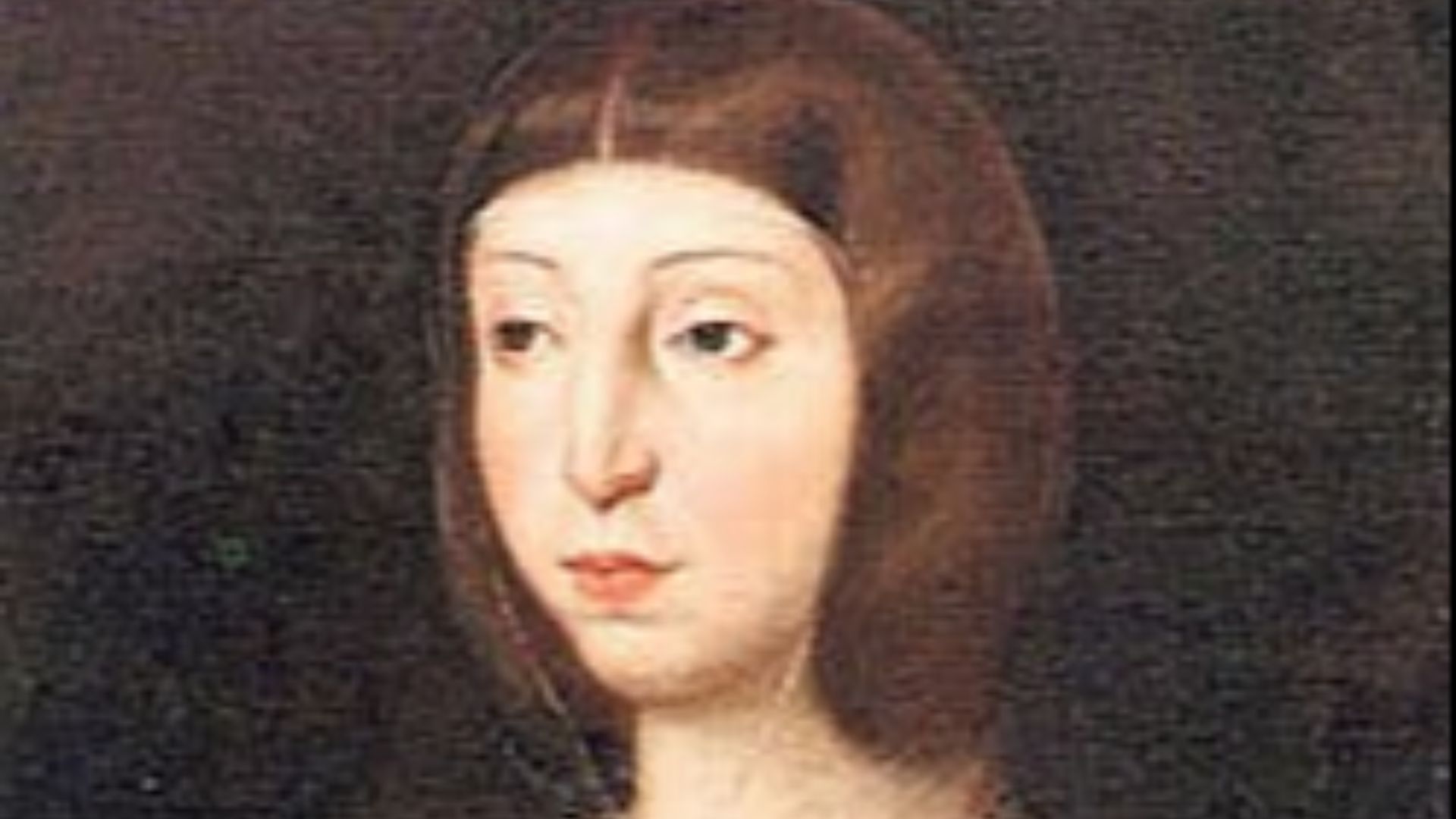 Unknown authorUnknown author, Wikimedia Commons
Unknown authorUnknown author, Wikimedia Commons
17. She Married A Player
Ferdinand had two illegitimate children and a love for sleeping around. This wasn’t the dream guy for a girl as religious as Isabella. But she accepted that he was naughty before marriage. Isabella probably figured he’d be different after it—or that she could handle it. They were, above all, a political match. But a leopard never changes its spots and it would break her heart.
 Master of the Legend of the Magdalene, Wikimedia Commons
Master of the Legend of the Magdalene, Wikimedia Commons
18. She Was Loyal
Isabella was always devout, and being queen kicked it into overdrive. She saw how sleeping around, and rumours of it, destroyed her sister-in-law’s life. Isabella had to protect herself. So she created an image of piety—and walked the talk. When Ferdinand went away, Isabella made all her ladies-in-waiting sleep in her bedroom. This ensured she had witnesses to her loyalty. The same can’t be said for the king.

Unknown Author, Wikimedia Commons
19. She Was Cheated On
Once a player, always a player. Ferdinand continued to have more affairs and illegitimate children. And even worse, one of his baby mamas was shameless. This mistress flaunted her royal affair and child. He even recognized some of his illegitimate offspring. Isabella’s messy childhood forged an iron self-control inside her. But even she couldn’t cope with Ferdinand betraying her again (and again).
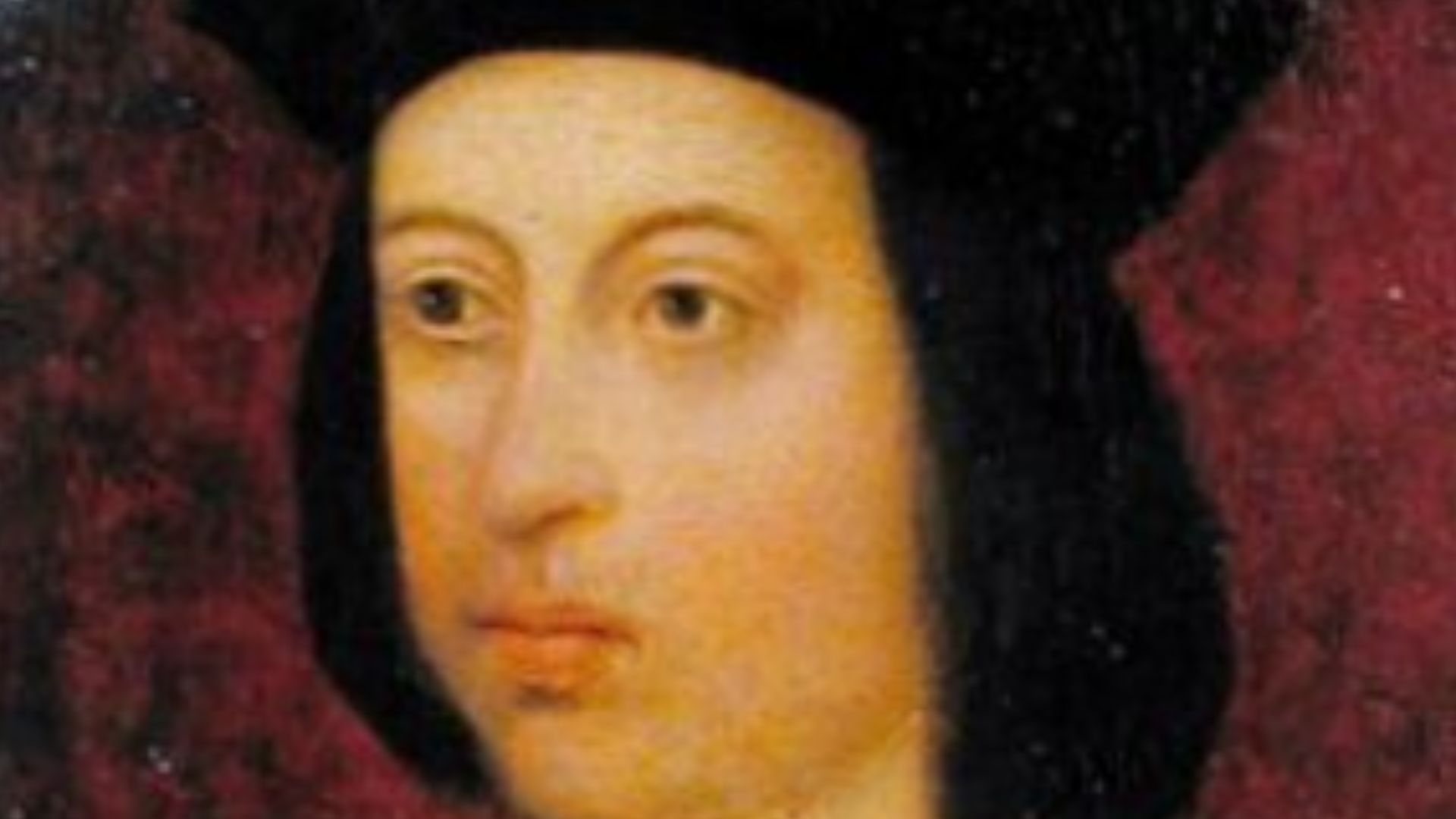 Unknown authorUnknown author, Wikimedia Commons
Unknown authorUnknown author, Wikimedia Commons
20. She Had A Weakness
Isabella took Ferdinand’s cheating much more personally than most monarchs in political arrangements would. She kept an eagle eye on his wandering eye. If Isabella suspected that any woman in their court piqued his interest, she found ways to get rid of them. And sometimes it got so bad that she snapped and confronted him.
 Juan de Flandes, Wikimedia Commons
Juan de Flandes, Wikimedia Commons
21. She Was Heartbroken
On at least one occasion, people overhead them screaming and brawling. The fight ended with Isabella sobbing. Isabella and Ferdinand’s kids watched their otherwise unbreakable mom fall apart over his infidelity. Isabella was such a mess that her daughters vowed to avoid developing her jealousy. But some traits might be genetic. And Ferdinand’s audacity didn’t end here.
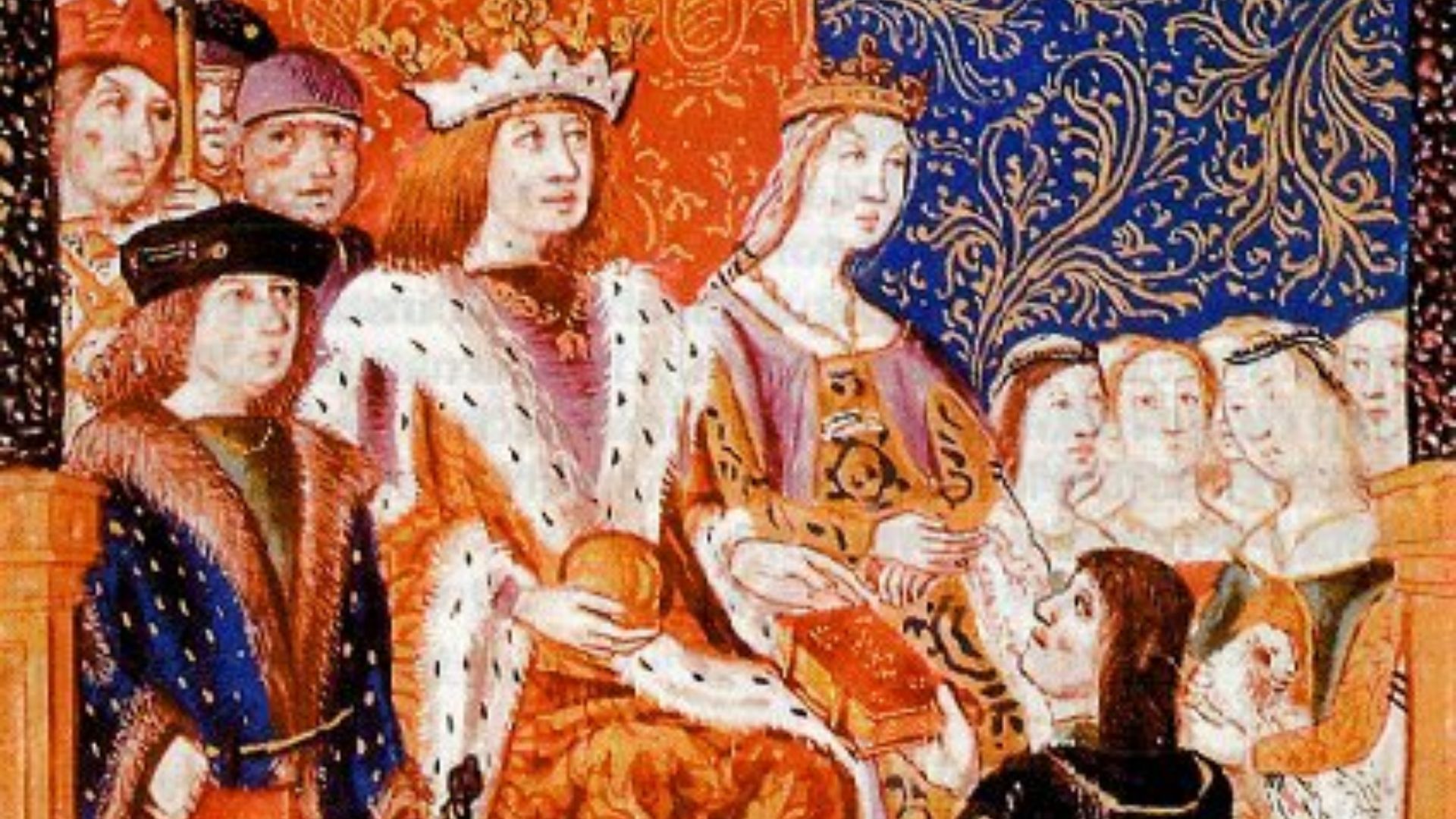 Unknown authorUnknown author, Wikimedia Commons
Unknown authorUnknown author, Wikimedia Commons
22. She Was The Better Person
Before he went to battle, Ferdinand wrote an audacious will. He asked Isabella to take care of his illegitimate kids. Isabella was jealous, possessive, and paranoid. But she wasn’t completely heartless. Isabella was already eager to educate his unofficial offspring. But then Ferdinand also had the gall to ask his wife to look after his mistresses. And even with all that drama, there were still major threats brewing elsewhere.
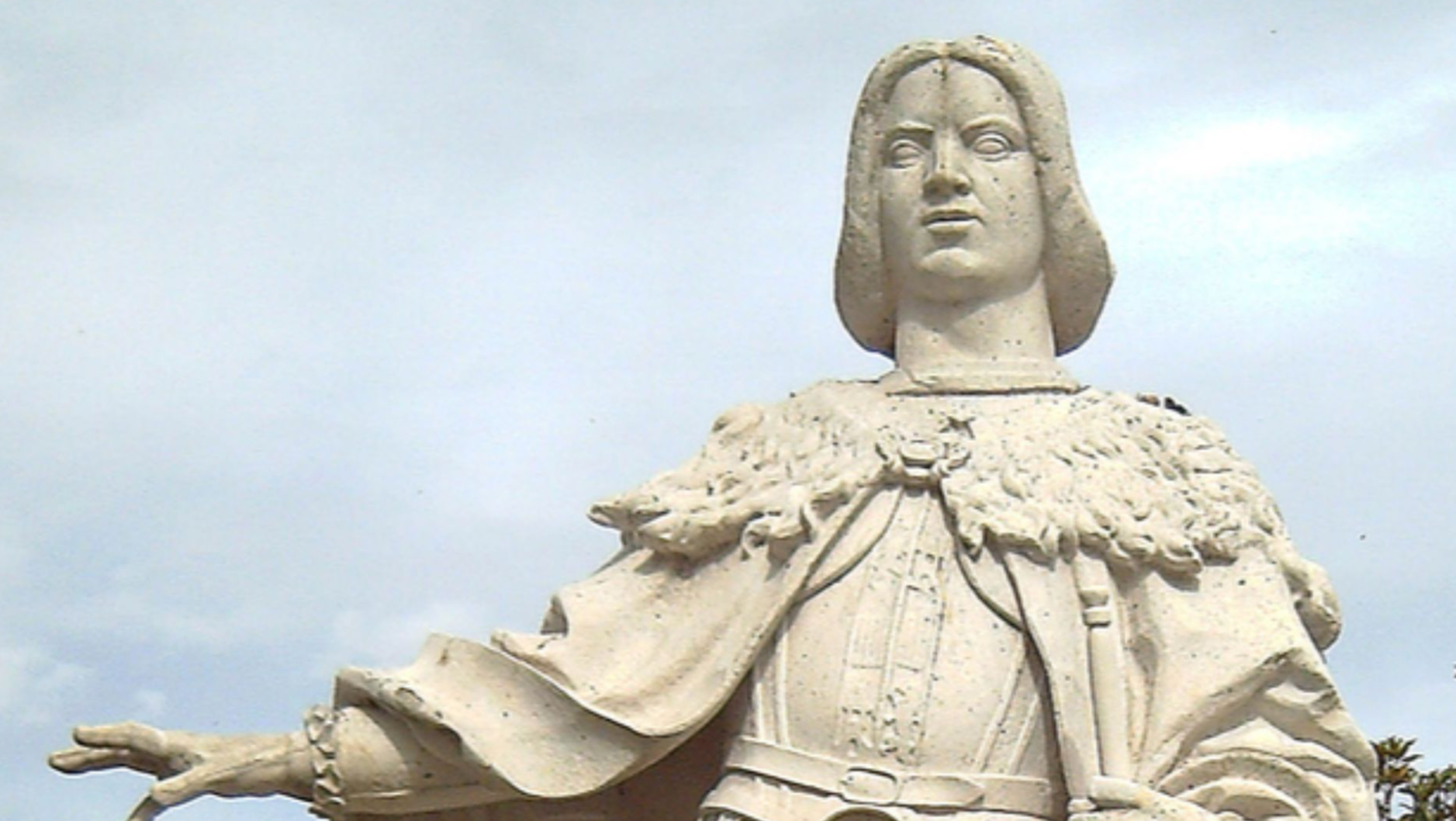 Luis García from Madrid (Spain)., Wikimedia Commons
Luis García from Madrid (Spain)., Wikimedia Commons
23. She Was In Trouble
Eventually, Henry discovered that Isabella broke their agreement and lied to him. He didn’t take it well. He disinherited her. He took her titles and valuables. He had his spies stalk the new couple. He even plotted to abduct them. So on top of the cracks in their own relationship, the newlyweds spent much of their marriage broke and evading capture. Everything came to a head when Henry passed.
24. She Became Queen
Isabella was 23 when her brother passed and left her a mess. After Isabella’s disinheritance, Joanna was the heir on paper. But many believed that she wasn’t their impotent king’s real kid. Both women had the desire to be queen and the supporters to back them up. Isabella even believed that God himself chose her to be queen. Both sides refused to back down.
 Bernard Gagnon, Wikimedia Commons
Bernard Gagnon, Wikimedia Commons
25. She Blindsided Him
All the while, Ferdinand had no idea. The couple were living in separate towns when Henry passed. Isabella took her sweet time to let him know about it and her ascension. He found out days after the ceremony—from other people. Ouch. This was unheard of. He often refused to come home when Isabella and their kids needed him now. But now Ferdinand, furious and betrayed, raced to confront Isabella.
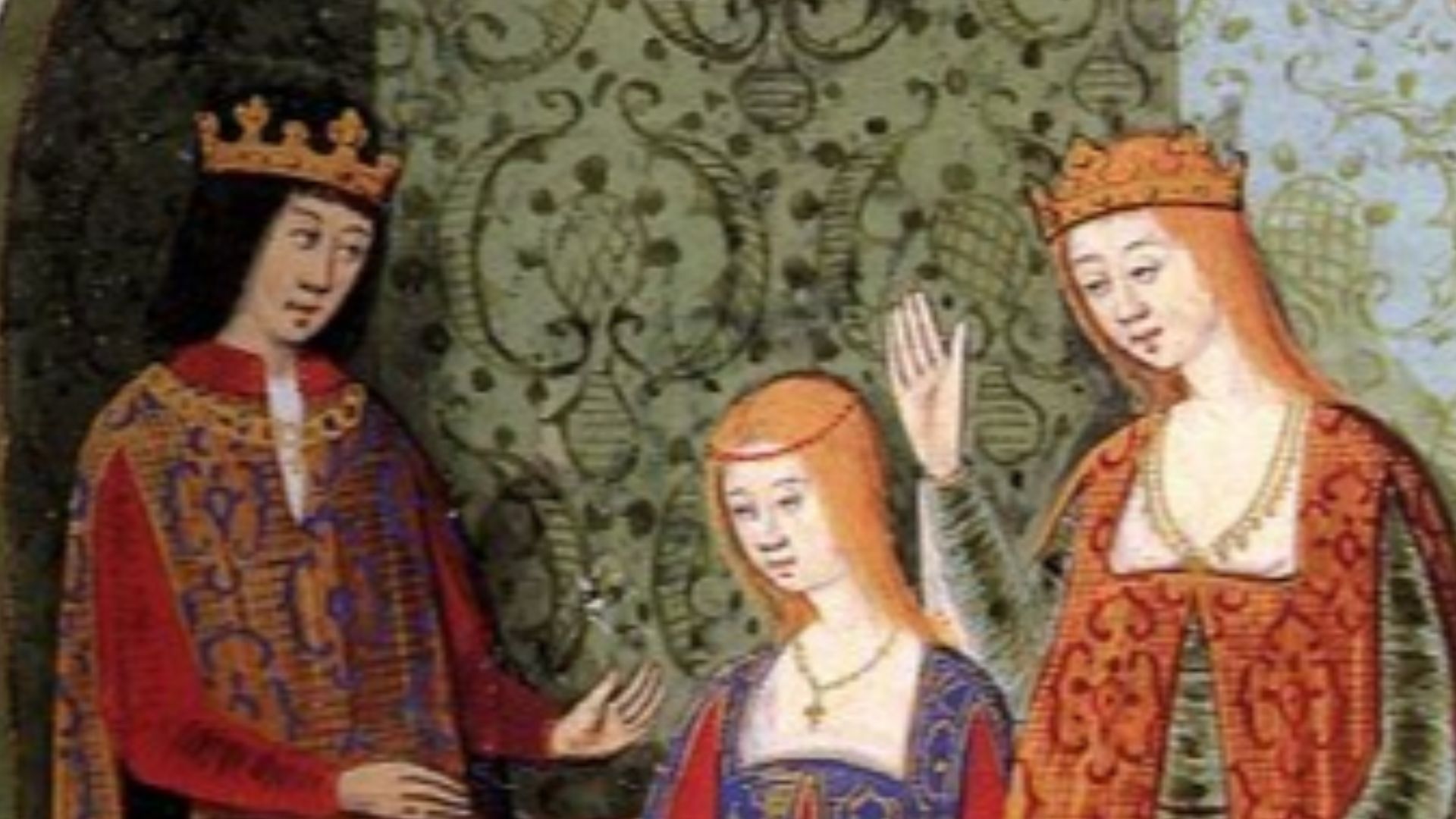 Unknown authorUnknown author, Wikimedia Commons
Unknown authorUnknown author, Wikimedia Commons
26. She Didn’t Trust Him
It wasn’t a mistake. Isabella was already fighting Joanna, so she didn’t want to risk any issues with her husband. They signed an agreement where he promised to respect her power, but we know those are breakable. And Isabella likely lost trust in him for being away and cheating so much. But she still wasn't ready for what Ferdinand did when he got there.
27. She Almost Lost Everything
When Ferdinand finally showed up, they had a brutal fight where he confirmed her worst fears. Turns out, Ferdinand did think he should be the ruler. Then Ferdinand, feeling humiliated, declared he was returning to Aragon. That’d be the end of her marriage and her reign. Isabella begged him to stay, and swore she couldn’t live without him. Her attachment to him was real—but she also needed a husband to rule. She had to fix this somehow.
28. She Saved Everything
Isabella worked her magic. She reminded him of their prenup. She guilted him over his plan hurting the future of their kids. She soothed his ego. In the end, they came to an agreement. They’d portray themselves as equal rulers in Castile. Ferdinand got to save face, while Isabella got the real power. And she had to use it right away.

Unknown Author, Wikimedia Commons
29. She Fought For It
There are family feuds—and then there’s the War of the Castilian Succession. With her marriage issues settled, Isabella still had to struggle with her niece, Joanna, over the throne. Joanna even went so far as to marry their uncle Alfonso, the King of Portugal, to get his country on her side. They traded blows and suffered heavy casualties for a year. Both sides celebrated their victories at the Battle of Toro, but it was the beginning of the end for Joanna.
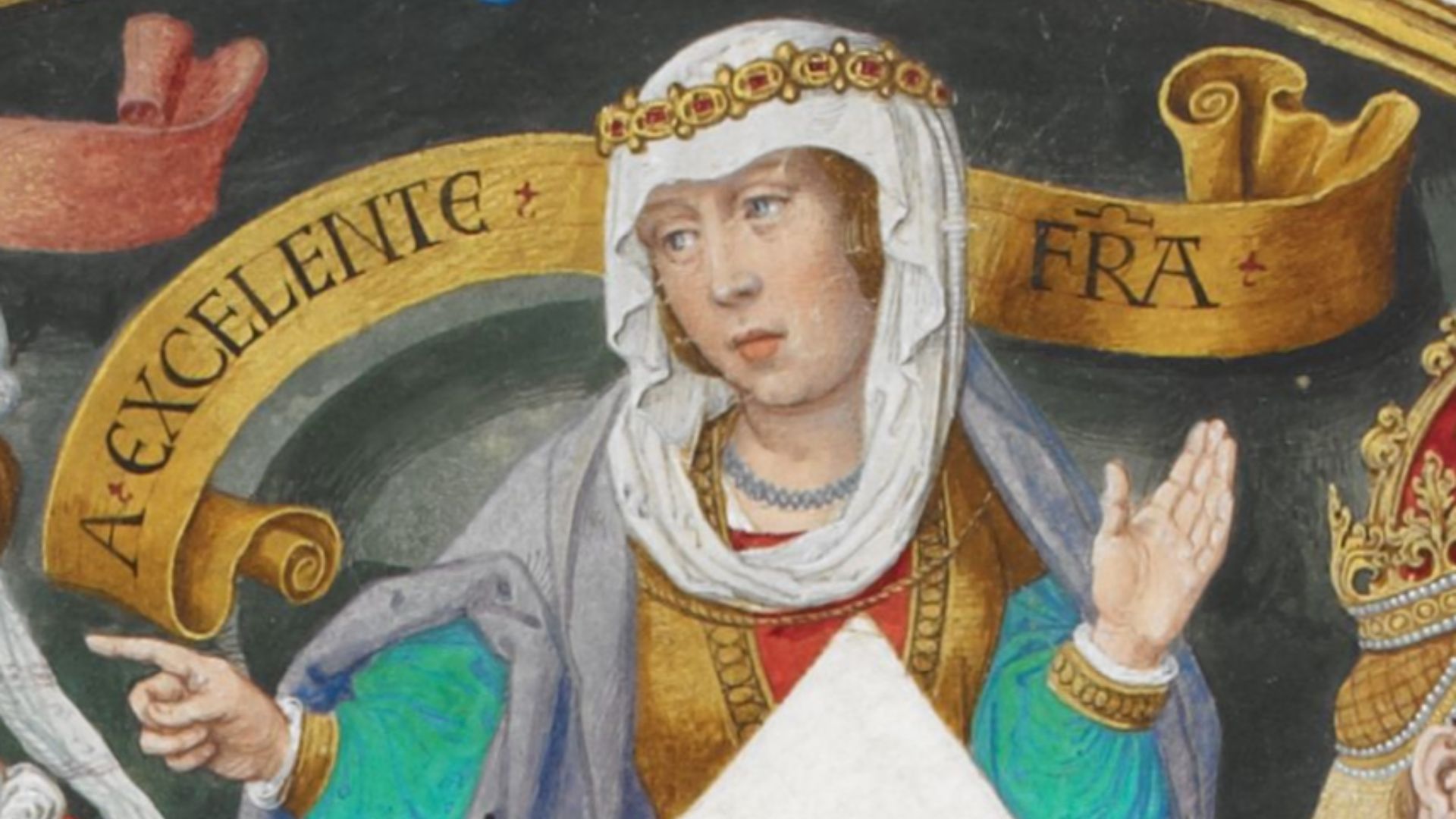 António de Holanda, Wikimedia Commons
António de Holanda, Wikimedia Commons
30. She Inherited A Mess
In the end, Isabella emerged victorious. But winning is easy; leading is harder. Especially when you realize that your brother left the kingdom in shambles. Henry was a reckless spender. He didn’t enforce the laws. It got so bad that people felt like they could get away with the worst offenses. The state of Castile was appalling—and no one had high hopes for Isabella.
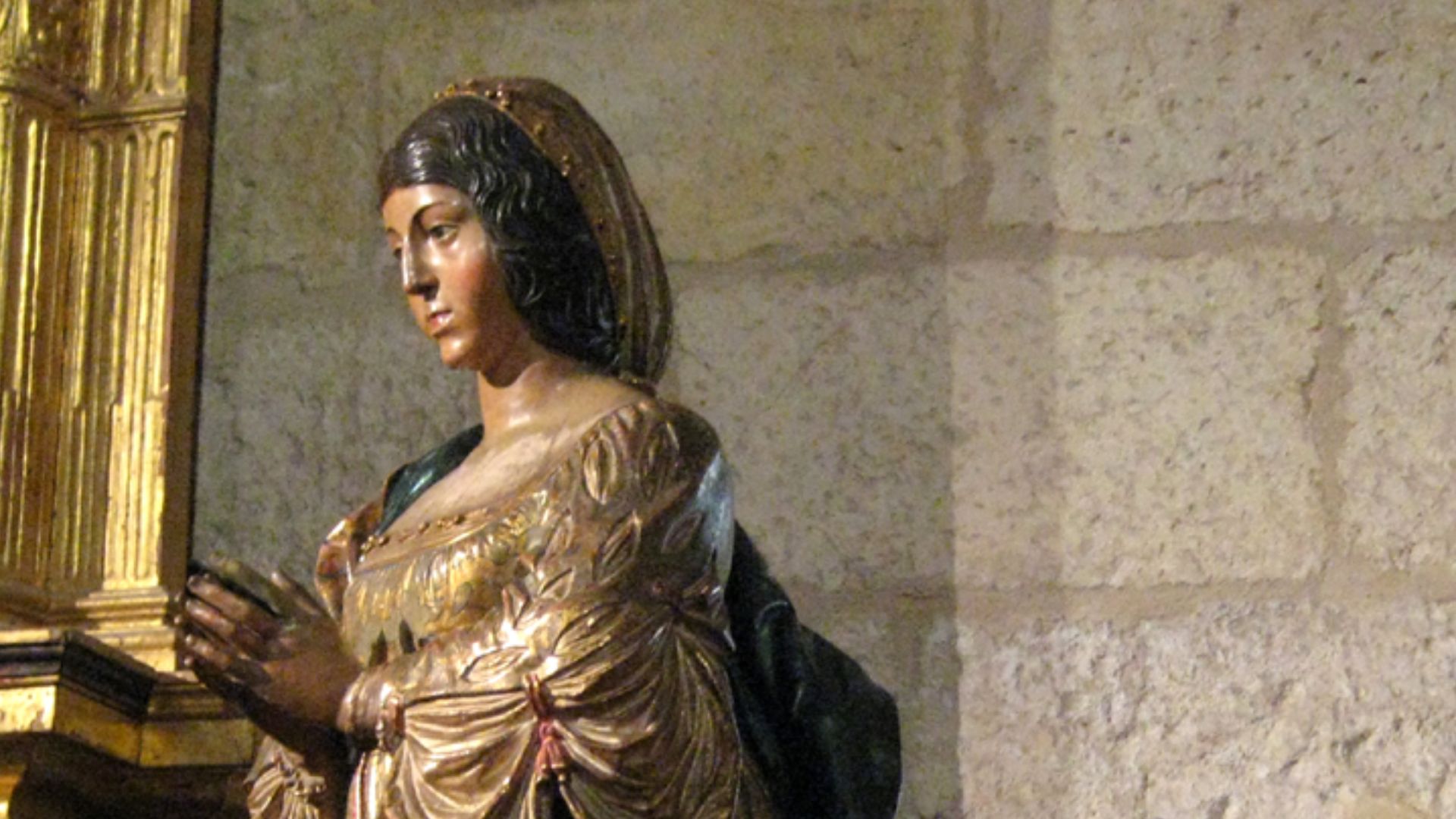 user:shakko, Wikimedia Commons
user:shakko, Wikimedia Commons
31. She Was Underestimated
No one, even Isabella’s own supporters, knew who they were dealing with. Most assumed that she’d be a figurehead. A symbol while Ferdinand and his advisors did everything. But Isabella didn’t go through everything to stand there like a potted plant. She got to work. She reduced crime and debt. And Isabella was just getting started.
32. She Proved herself
Isabella kept proving everyone wrong. For example, a rebellion broke out in another city in her first year. Her male advisors told her to stay home while others (men) handled it. The 25-year-old ignored them and rode out there herself to negotiate with the rebels. Thanks to her, the rebellion ended in a blink. But Isabella didn’t just win fights—she also won hearts.
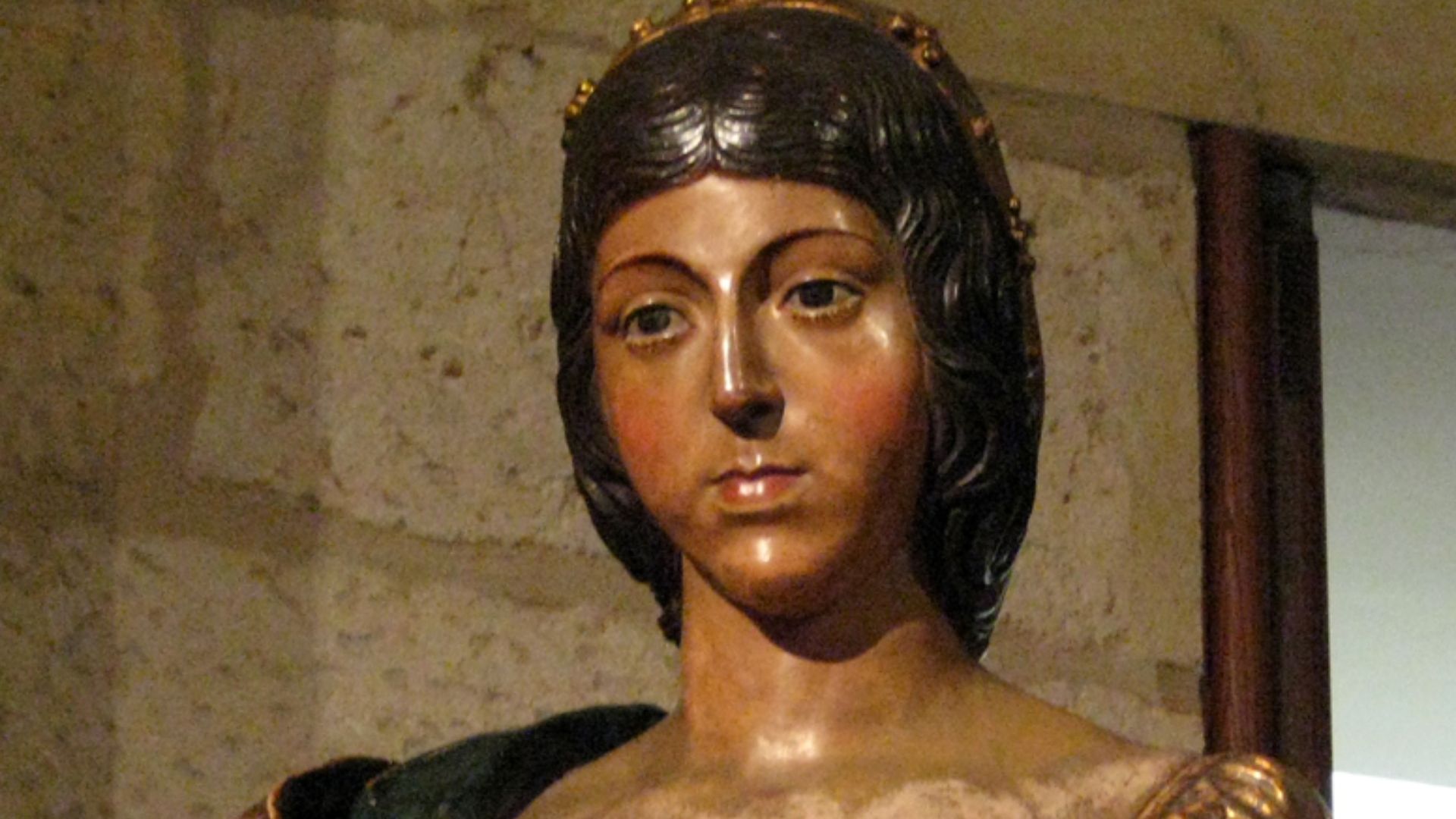 user:shakko, Wikimedia Commons
user:shakko, Wikimedia Commons
33. She Had Great PR
Every Friday, Isabella and Ferdinand made themselves available. People could come, sit, and complain. In Castile, it was unheard of for a ruler to have that kind of relationship with their subjects. Isabella continued leading her kingdom to greater power, security, and prosperity. But not everything she did was good. In fact, a lot of it was downright brutal.
34. She Was Intolerant
Isabella pulled a bait-and-switch. When Spain tried to take over Granada, they promised religious toleration. But when the Muslim stronghold surrendered in 1492, they forced everyone to convert. They did the same to their Jewish subjects. You either converted to Christianity, or you had to go. And even that still wasn’t enough.

Francisco Pradilla y Ortiz, Wikimedia Commons
35. She Was Brutal
Isabella began the Spanish Inquisition in 1478, and it lasted for centuries. The ultimate goal was religious and ethnic “purity”. Its tactics were also a mess. Weak—or nonexistent—evidence convicted people. It forced countless subjects to convert, to hide their beliefs, and out of their homes. Thousands of the unluckiest met their end on a burning stake. Isabella went even further.

Roque Gameiro, Wikimedia Commons
36. She Silenced Critics
Artists used to openly make fun of Henry. But everyone soon realized that if they valued their lives, they had to shut up about Isabella. People rarely directly criticized the queen in any kind of public setting. If someone was brave enough to do it, they wound up executed. Isabella was making enemies left and right. There’s no way this could go wrong… right?

Luis de Madrazo, Wikimedia Commons
37. She Changed History
Christopher Columbus had to ask Isabella to support his expedition three times before she caved in 1492. No one, not Christopher or Isabella, realized at the time this was one of the most important events in history. That they’d just started European exploration and colonialism in the Americas—and its consequences. But months later, the scariest experience of her life overshadowed it.

Unknown Author, Wikimedia Commons
38. She Had Enemies
Isabella found herself far from Ferdinand when he needed her most. On December 7, 1492 a peasant rushed past the king’s entourage. One second Ferdinand was walking down the steps of his Barcelona palace. The next he collapsed onto the ground as red flooded around him. The peasant used enough force to slice off Ferdinand’s head in one go.

Vicente Barneto y Vazquez, Wikimedia Commons
39. She Had An Emergency
Ferdinand’s gold necklace protected him from being beheaded—but not from a deep gash in his neck. A battalion of doctors raced to save the king’s life. The team did everything they could, and still had no idea if he’d make it. When Isabella found out, she’d never felt this scared in her 41 years. Her instinct was to race to him. Then Isabella remembered who she was.
40. She Was Beside Herself
Isabella had countless enemies, so she assumed a coup was underway. With a kingdom at stake, she couldn’t afford to be sentimental and impulsive. She had to be a queen. If there was a coup, her 14-year-old son and heir Juan was the next target. She had him rowed out to sea. Only after making arrangements did Isabella allow herself to go to Ferdinand.
 Pictures from History, Getty images
Pictures from History, Getty images
41. She Was Terrified
Isabella reached her husband, but didn’t feel better. The king was in such bad shape that he prepared for the end. Ferdinand didn’t let her see him for a while because he was in the middle of confessing. Over 50 days, his condition was a rollercoaster. They couldn’t do anything but pray. People noticed that Isabella suffered more than Ferdinand.
42. She Got Her Karma
Ferdinand survived and there was no coup, but Isabella still wasn’t okay. It already hurt to watch him suffer. But it hurt even more since Isabella felt like she deserved the ambush instead. For the first time in her life, the queen wasn’t sure of her righteousness. Isabella made a list of the sins she committed in her quest for power. It was a long one. Even with her reminiscing though, she still had serious work to do.
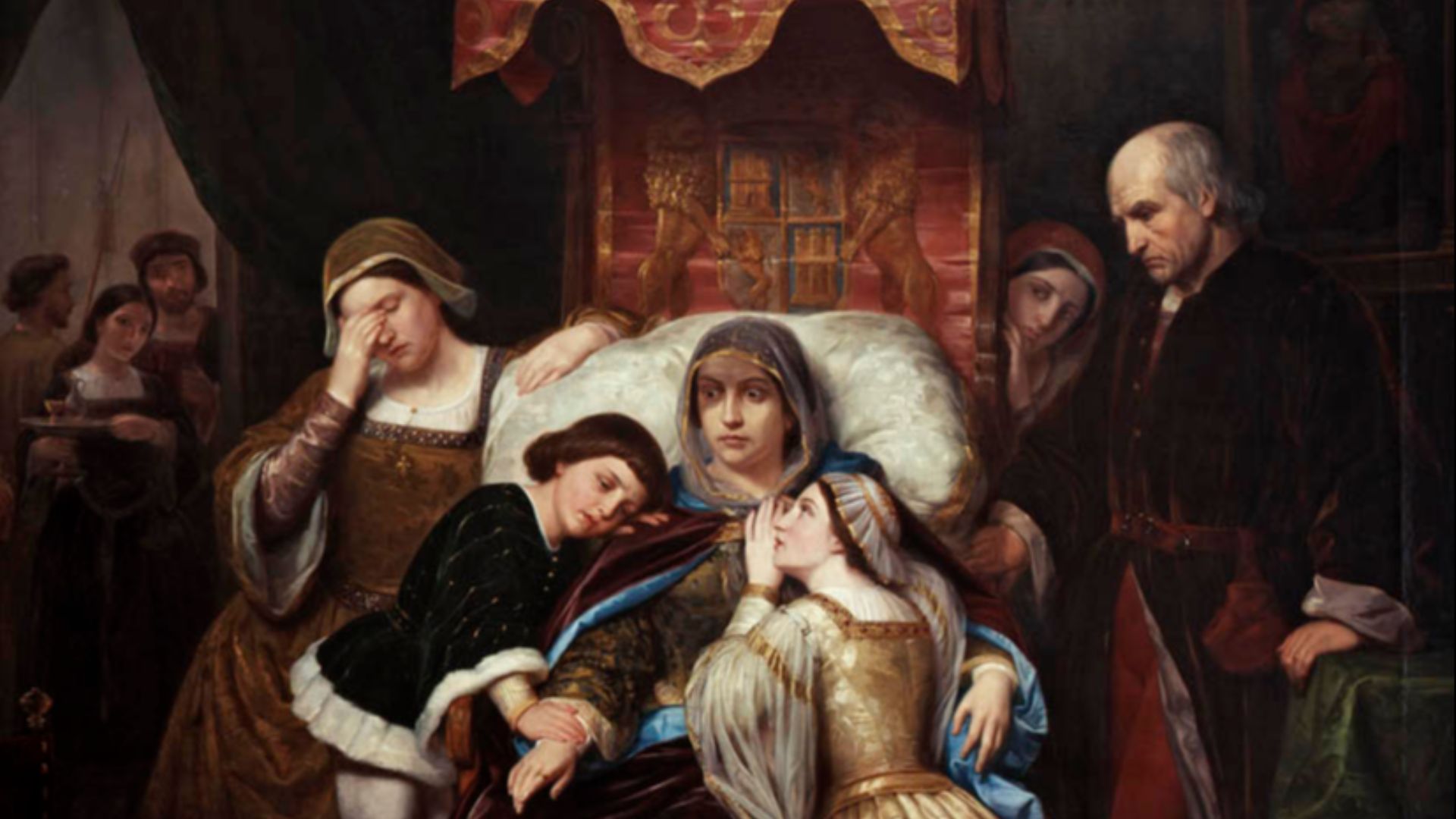 Pelegri Clave, Wikimedia Commons
Pelegri Clave, Wikimedia Commons
43. She Played Matchmaker
Isabella had to find matches that benefitted her kingdom and were tolerable for the kids. She and Ferdinand had seven kids, but only five survived to adulthood. Then their only son passed soon after marrying in 1496. Another daughter passed during childbirth in 1498. She nailed it with the marriages of her two youngest girls. But the throne was still going to her third daughter, Joanna, when she passed—and Isabella was dreading it.
44. She Had A Sick Heir
Isabella was Spain’s first great queen, and was wondering if she’d be the last. Joanna’s mental health was getting worse and worse. She couldn’t follow in her mom’s footsteps. Instead, Joanna would be a queen who did little and was controlled by men. And as Isabella herself got sicker, she worried that her kingdom wouldn’t survive after her.

Master of Affligem, Wikimedia Commons
45. She Was Prepared
When months passed with her bedridden and deteriorating, Isabella had to face the truth. Her time was almost up. Ferdinand’s close call taught her the importance of dying well. She spent these final months getting her affairs in order. The hardest and most uncomfortable thing Isabella did was evaluate her life. All 53 years of it.
 DEA / G. DAGLI ORTI, Getty images
DEA / G. DAGLI ORTI, Getty images
46. She Had No Regrets
Isabella had a long list of accomplishments—and a long rap sheet. Now was the time to repent. Instead, she doubled down. Isabella didn’t think she had anything to repent. To her, if she’d made any mistakes, there weren’t many. Isabella didn’t have any regrets when she took her last breath. But she did have one final wish.
47. She Had A Final Wish
Isabella had two motivations when she asked Ferdinand not to marry again. The first was jealousy. Ferdinand’s mistresses already caused enough grief—so the thought of his new wife would’ve made her sick. The second was politics. Him having legitimate kids with another wife jeopardized her kingdom and her kids’ futures. Ferdinand promised. Spoiler alert: he broke it.

Eduardo Rosales,Wikimedia Commons
48. Her Wishes Weren’t Respected
Two years after Isabella’s passing, 53-year-old Ferdinand married 14-year-old Germaine of Foix, a French noblegirl. While this was a political match and part of a treaty, it was still creepy. Outsiders even noticed Ferdinand’s “appetite” for his child bride. Not that it stopped him from sleeping around. People in Castile fumed at his betrayal of Isabella.
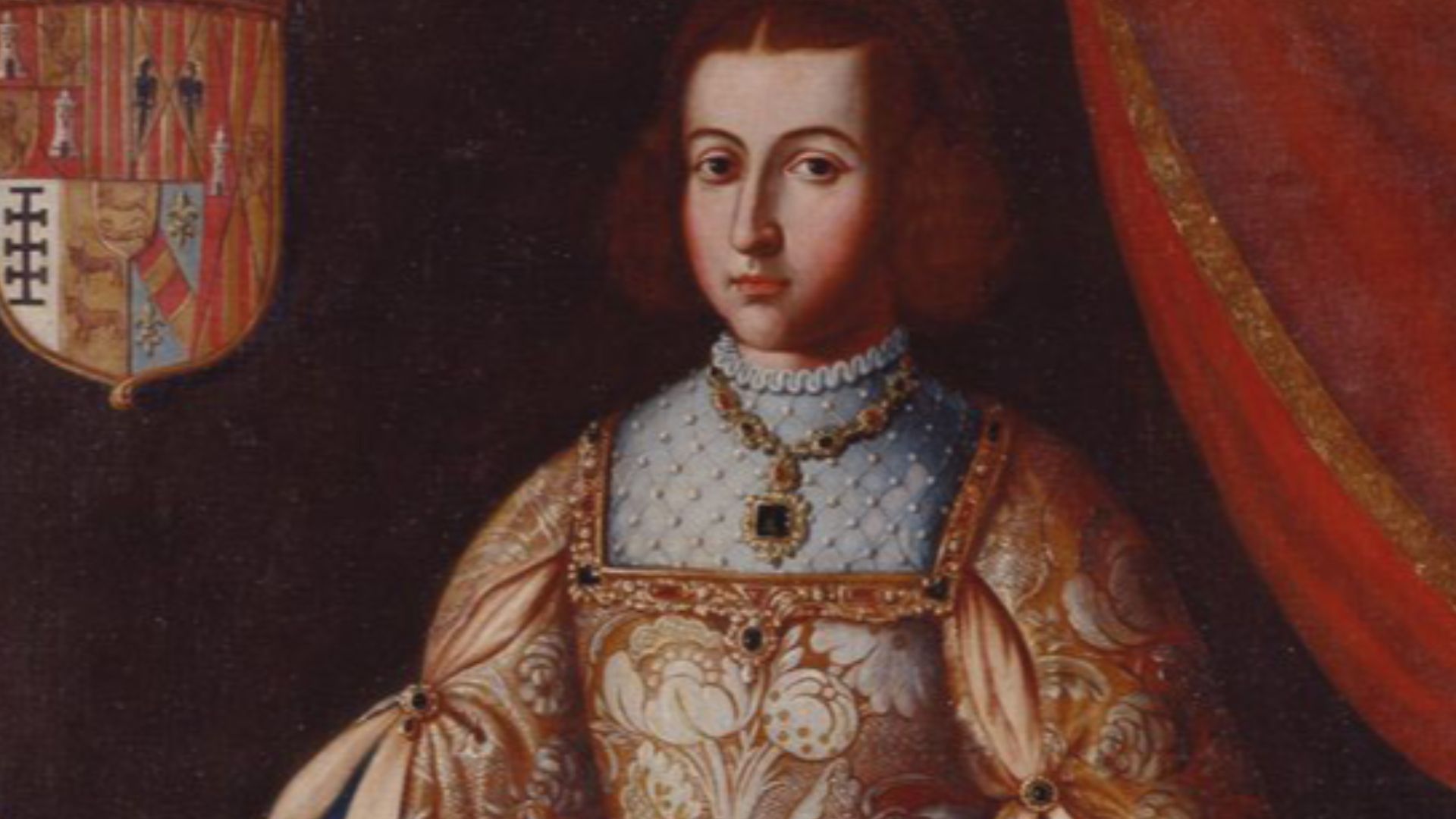 anonymous / Unidentified painter, Wikimedia Commons
anonymous / Unidentified painter, Wikimedia Commons
49. She Made Her Mark
Most rulers can only dream of Isabella’s accomplishments. She was the first and greatest queen of Spain. She unified the country. She established the Spanish Empire. She set the foundation for Spain to become one of the richest and powerful empires of all time. As time passed, appreciation for her accomplishments grew—but so did criticisms of her dark side.
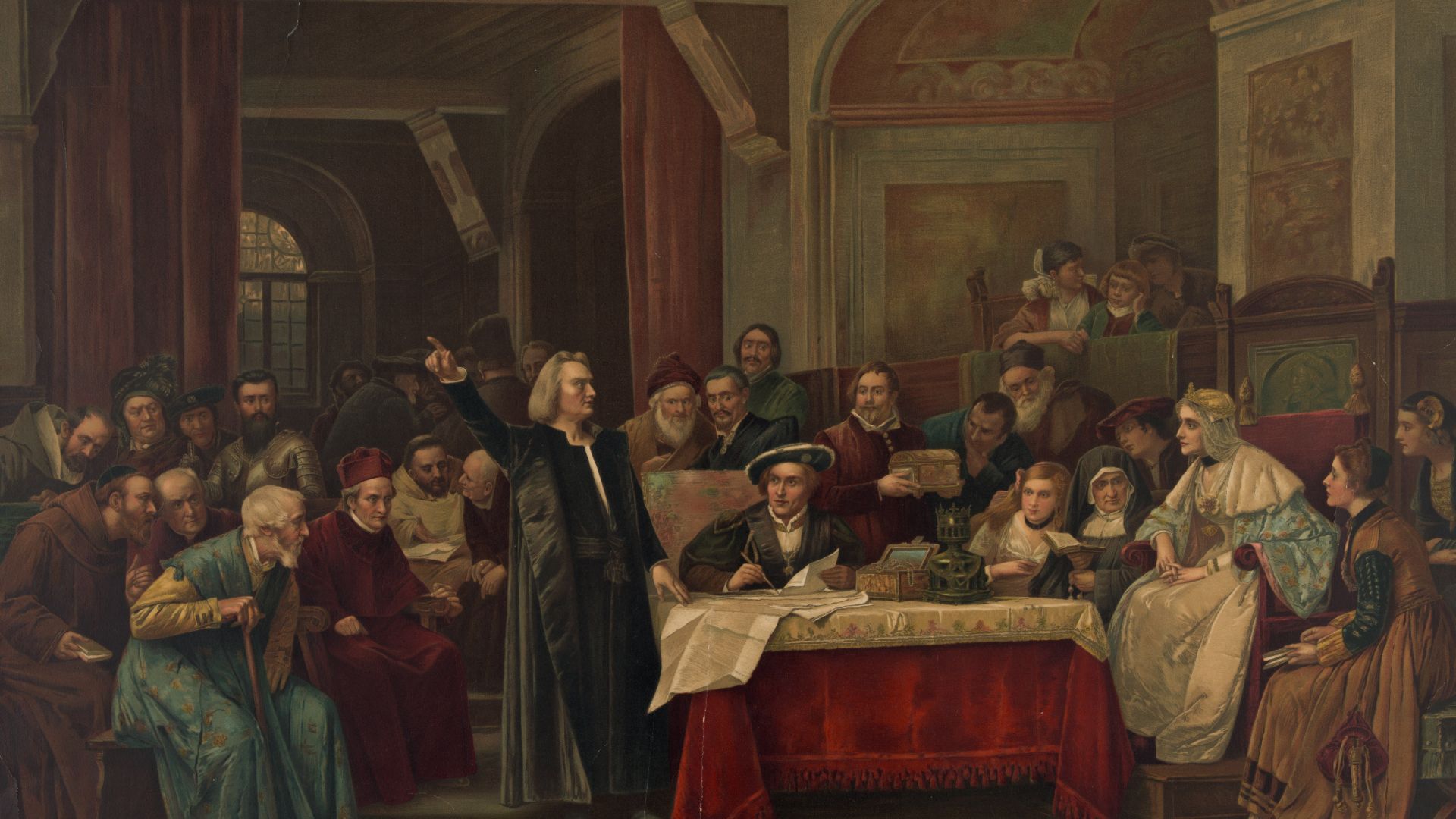 Mast, Crowell & Kirkpatrick.; Brozik, Vaclav, 1851-1901, artist, Wikimedia Commons
Mast, Crowell & Kirkpatrick.; Brozik, Vaclav, 1851-1901, artist, Wikimedia Commons
50. She’s Complicated
We can’t have the good without the bad. And it’s only gotten harder to ignore the nasty sides of Isabella’s reign. These include her intolerance, use of force, the Spanish Inquisition, and the negative effects of the Spanish Empire. Isabella was a great queen who accomplished great things. But was she good? The jury’s still out on that.
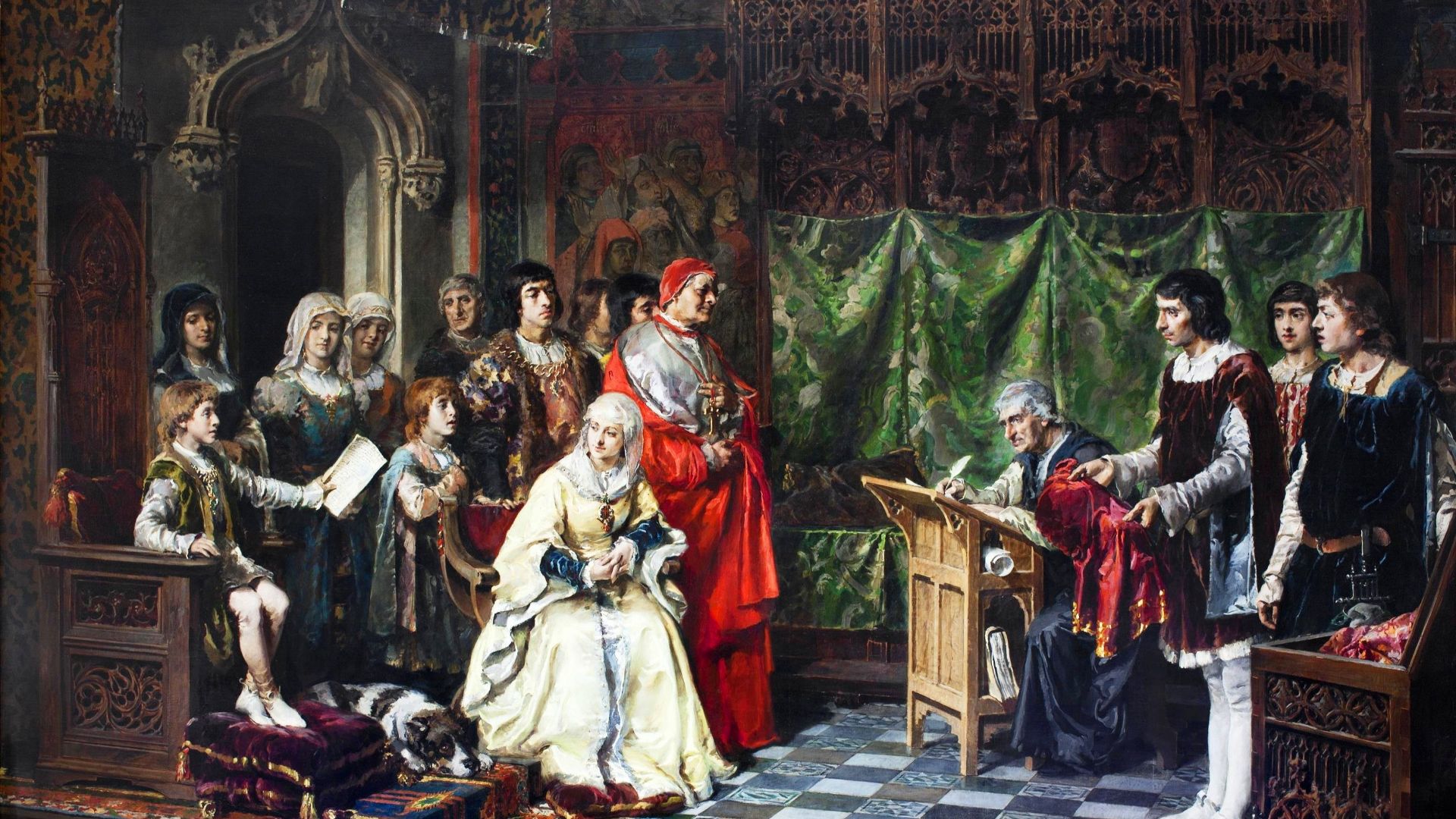 Salvador Martínez Cubells, Wikimedia Commons
Salvador Martínez Cubells, Wikimedia Commons
You May Also Like:
Charles The Bold, The Scourge Of France

